Before I tell you about our holiday in Amsterdam, I would like to give you some tips about the city and the Netherlands in general: Amsterdam is on the list of cities that are said to be visited only on a budget-in-true, the city is quite expensive, but there are places and activities that don’t cost anything.
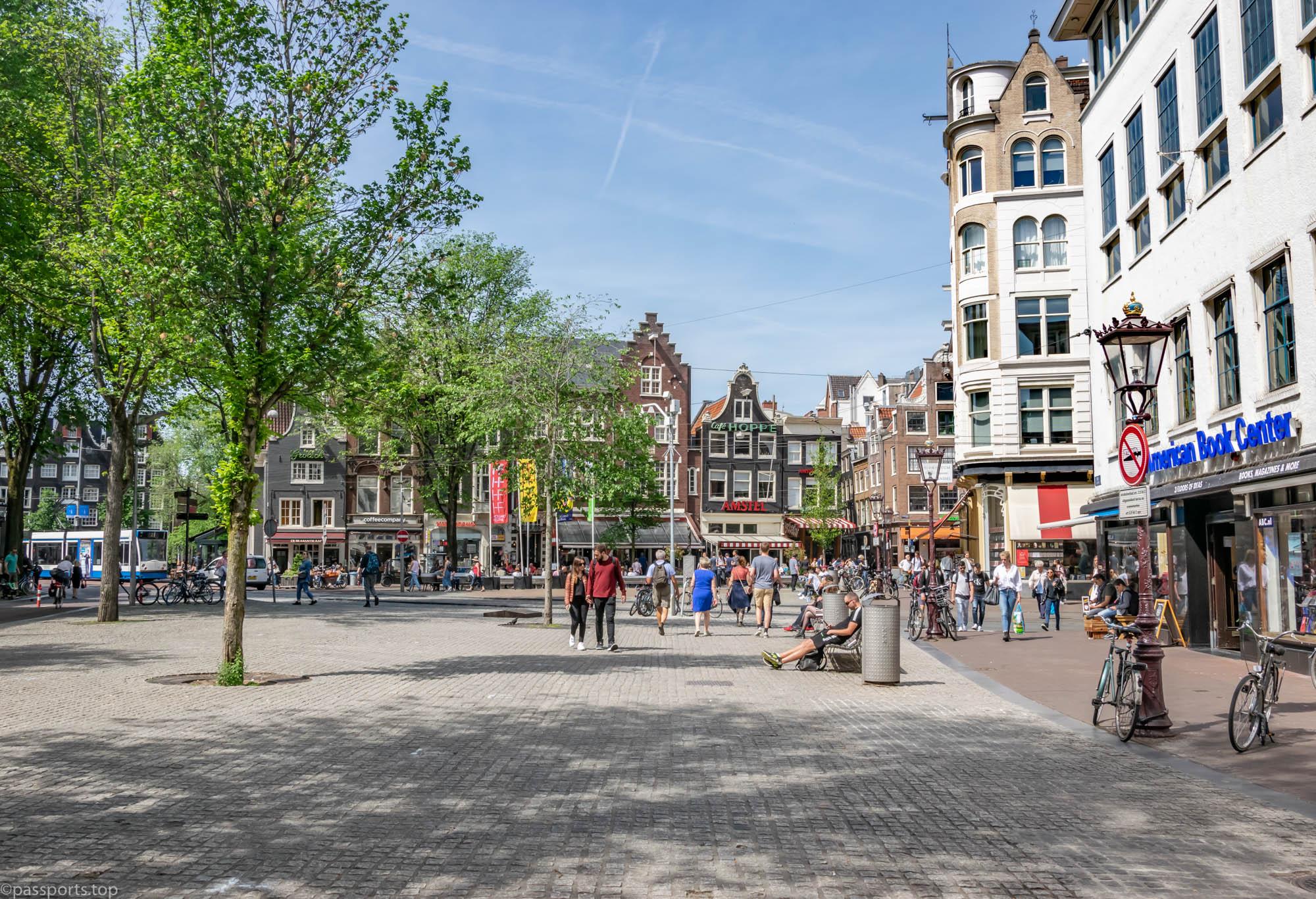
I recommend you to have a card with you because there are shops, parking lots or even tourist information centers where you pay exclusively by card. If you choose to go by public transport, you must scan the ticket both at the entrance and at the exit (tickets can be bought from the means of transport and cost €8/day/person).
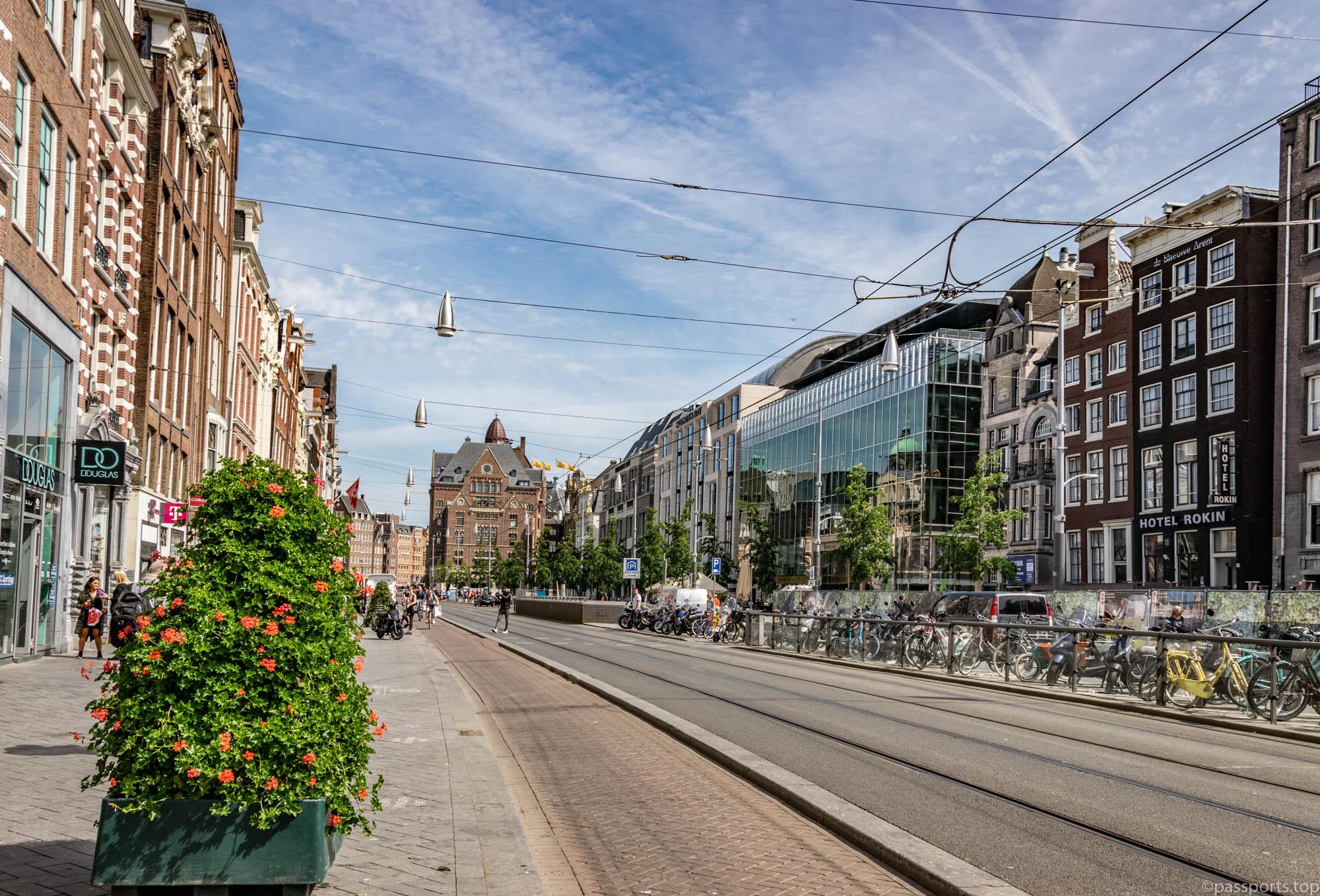
To visit the more famous tourist attractions (for example the Rijksmuseum, the Anne Frank house or the Heineken Experience) it is convenient to purchase the tickets online and a few days before the visit. This way you can get discounts and you no longer have to stand in line. It would be best to make a plan with what you intend to visit, whether you stay for one day or more.
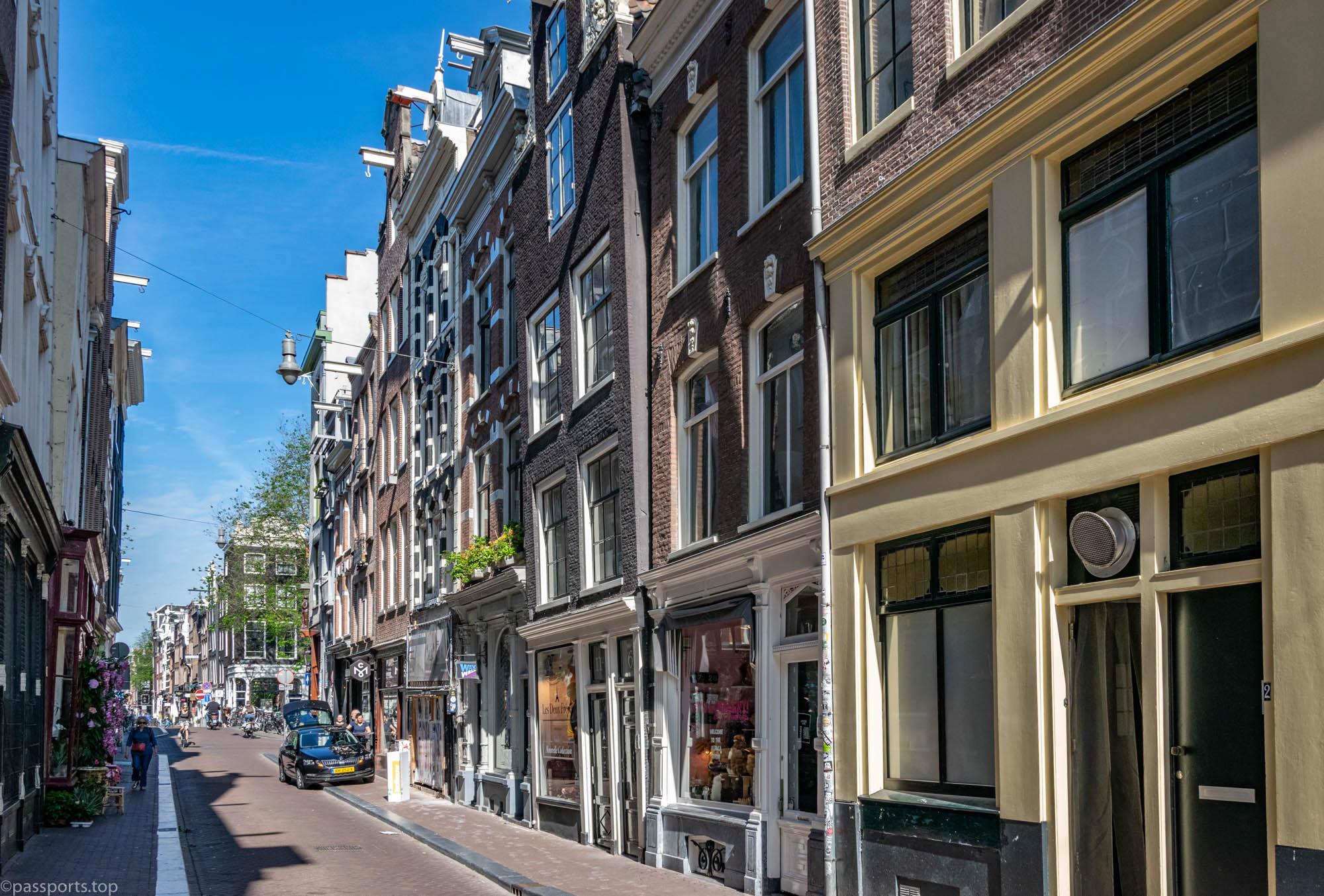
The story of Amsterdam begins in the 13th century when it was just a small fishing village, located behind a dike that protected it from the water of the Amstel river. Although everyone saw Amsterdam as the capital of The Netherlands, it was not until 1983 that it officially became the capital. With a population of 790,000 inhabitants, it is the largest city in the country and one of the most popular destinations in Europe, receiving more than 5 million tourists annually.
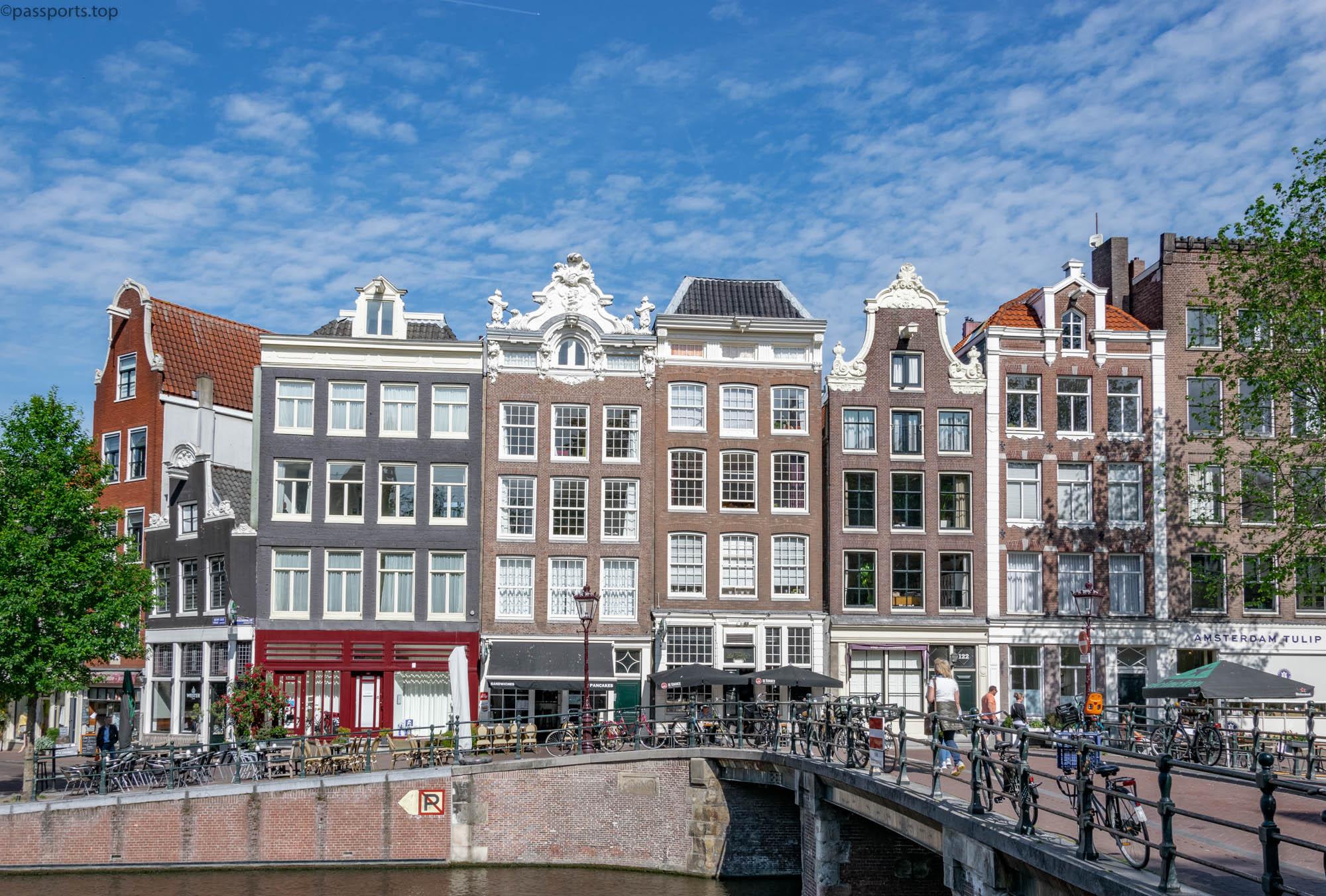
It is a city with a rich architectural history that is reflected in the museums and ancient houses, the 1281 bridges and 165 canals that cross it, totaling more than 100 kilometers. Speaking of canals, it is said that around 25,000 bicycles end up in Amsterdam‘s canals annually, of which only 8,000 are brought to the surface.
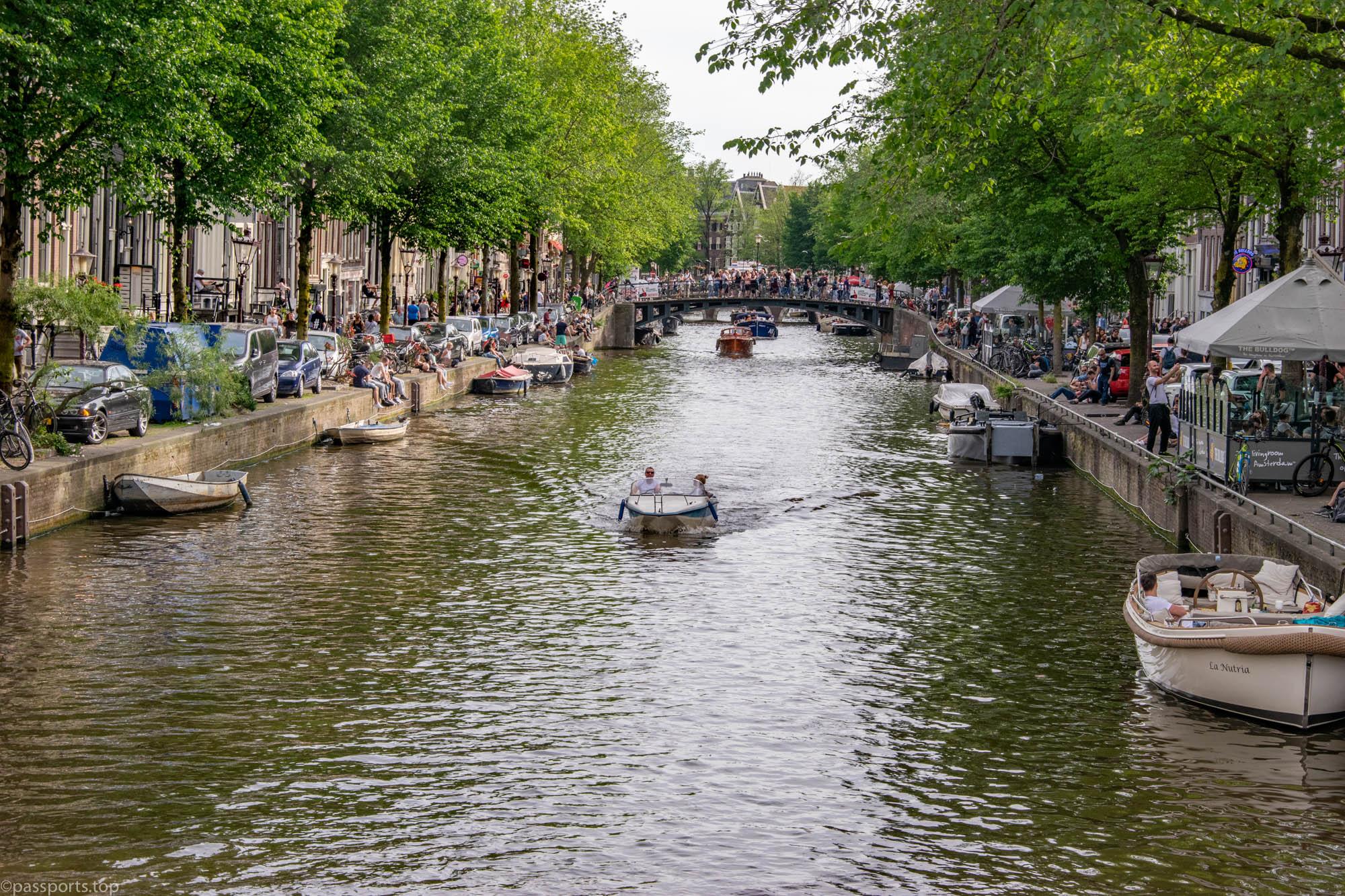
One of the activities you should not miss when you arrive in Amsterdam is a boat ride on the city’s canals.

Although many may find it cliché, it is the best way to explore Amsterdam. There are a lot of tour operators that organize these walks, most of them leaving from in front of the central station. Prices start from €12/person and the tour lasts around 75 minutes.
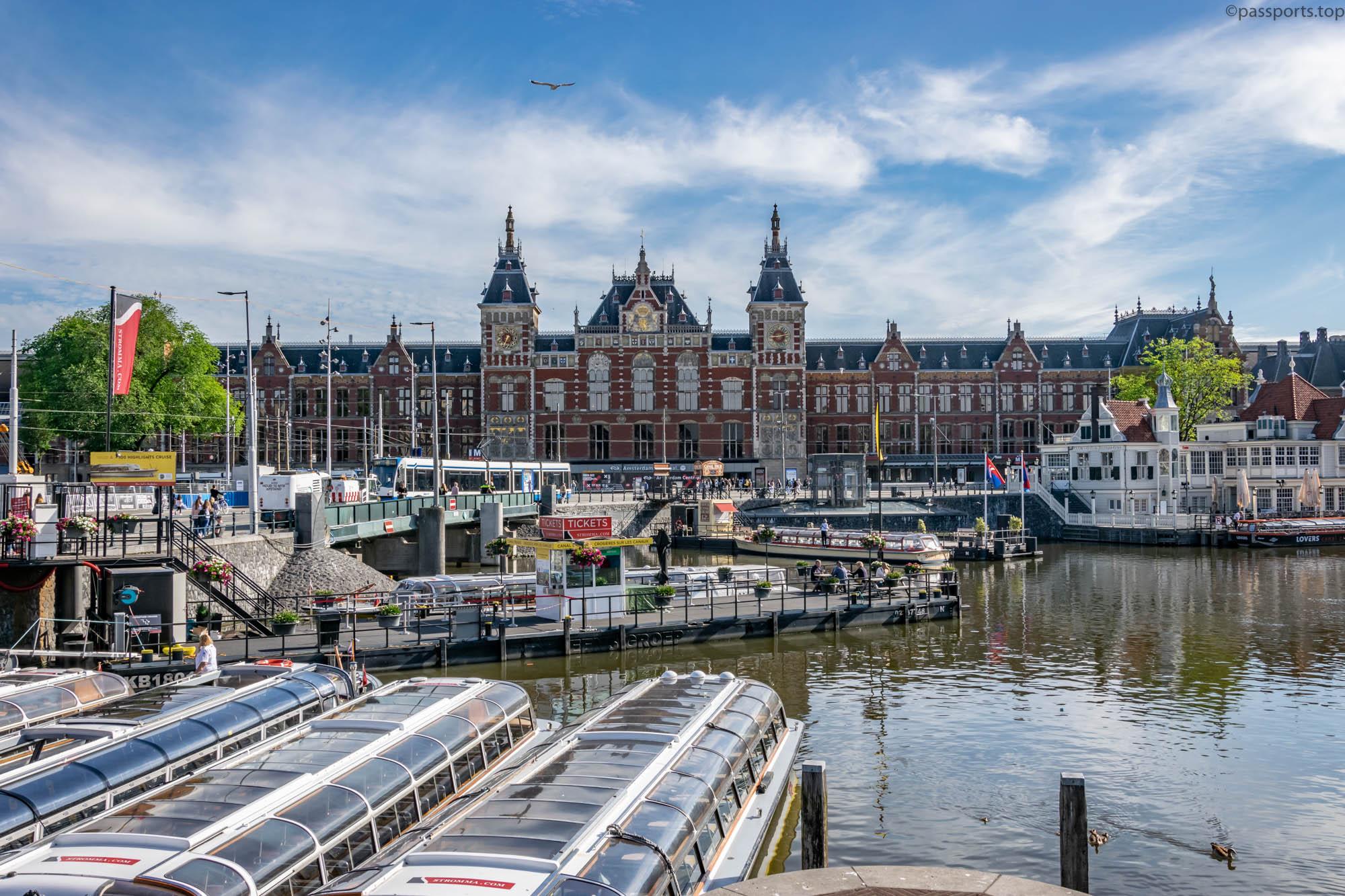
Amsterdam Centraal (Central Station) is the starting point for exploring the city. Here are the terminus of many tram and bus lines, as well as ferry stops or the departure point for tourist boats that navigate the city’s canals.

One of the most popular attractions in Amsterdam is the Rijksmuseum. Founded in 1809 with the aim of housing the country’s immense collection of rare and ancient art, the museum’s collection today includes approximately 7 million works of art, spread over 250 rooms. Entrance is free for young people up to 18 years old, and if you want to schedule your visit in advance on the official website, you get a €1 discount (pay €19/person instead of €20) and avoid the queues from the entrance.
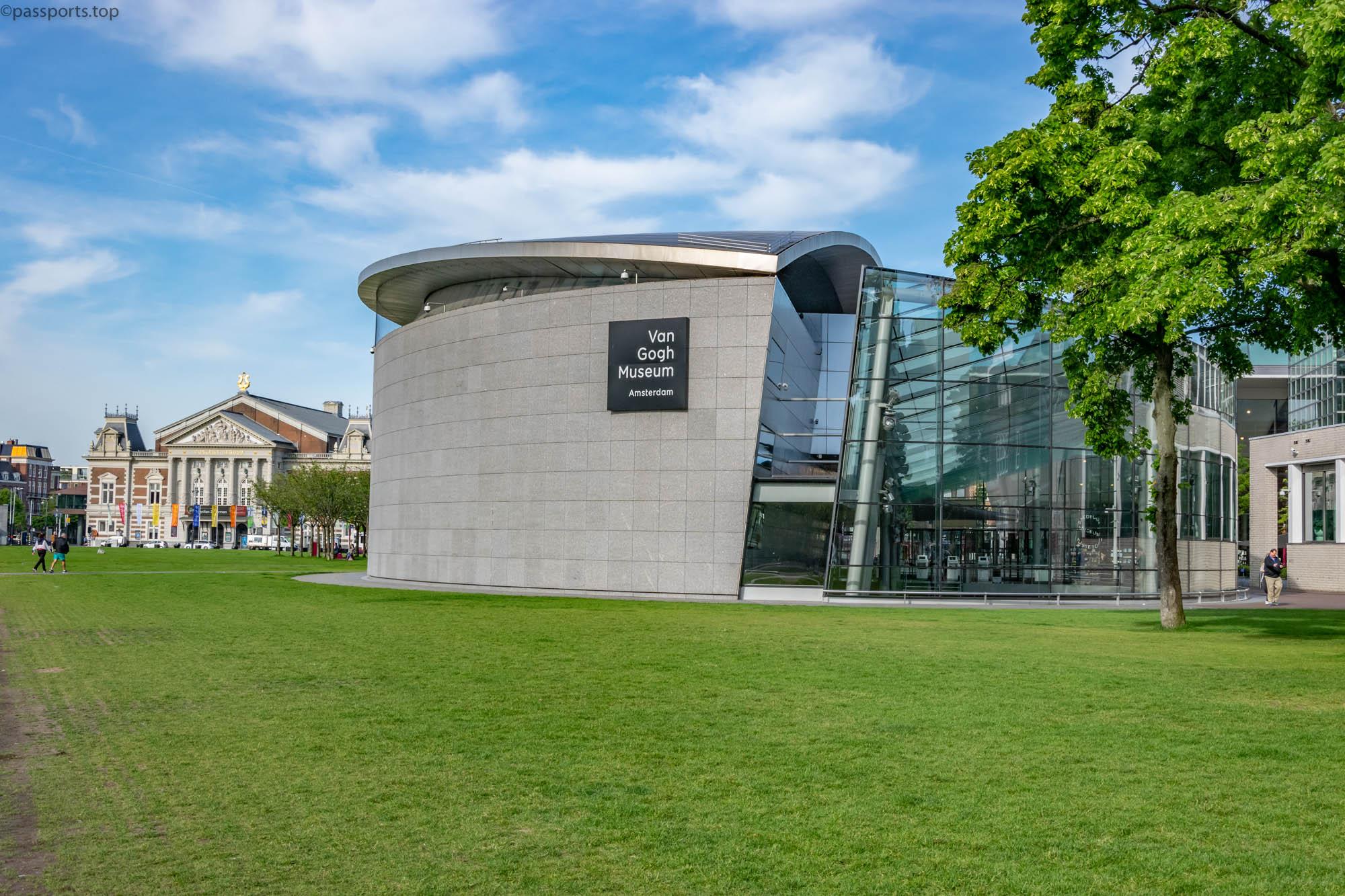
The Van Gogh Museum is located next to the Rijkmuseum and features the largest collection of the famous Dutch painter Vincent Van Gogh. Art lovers should not miss a visit to this museum spread over four floors, where the pieces of art are organized in chronological order. Tickets can be purchased online, the price being €19/person.
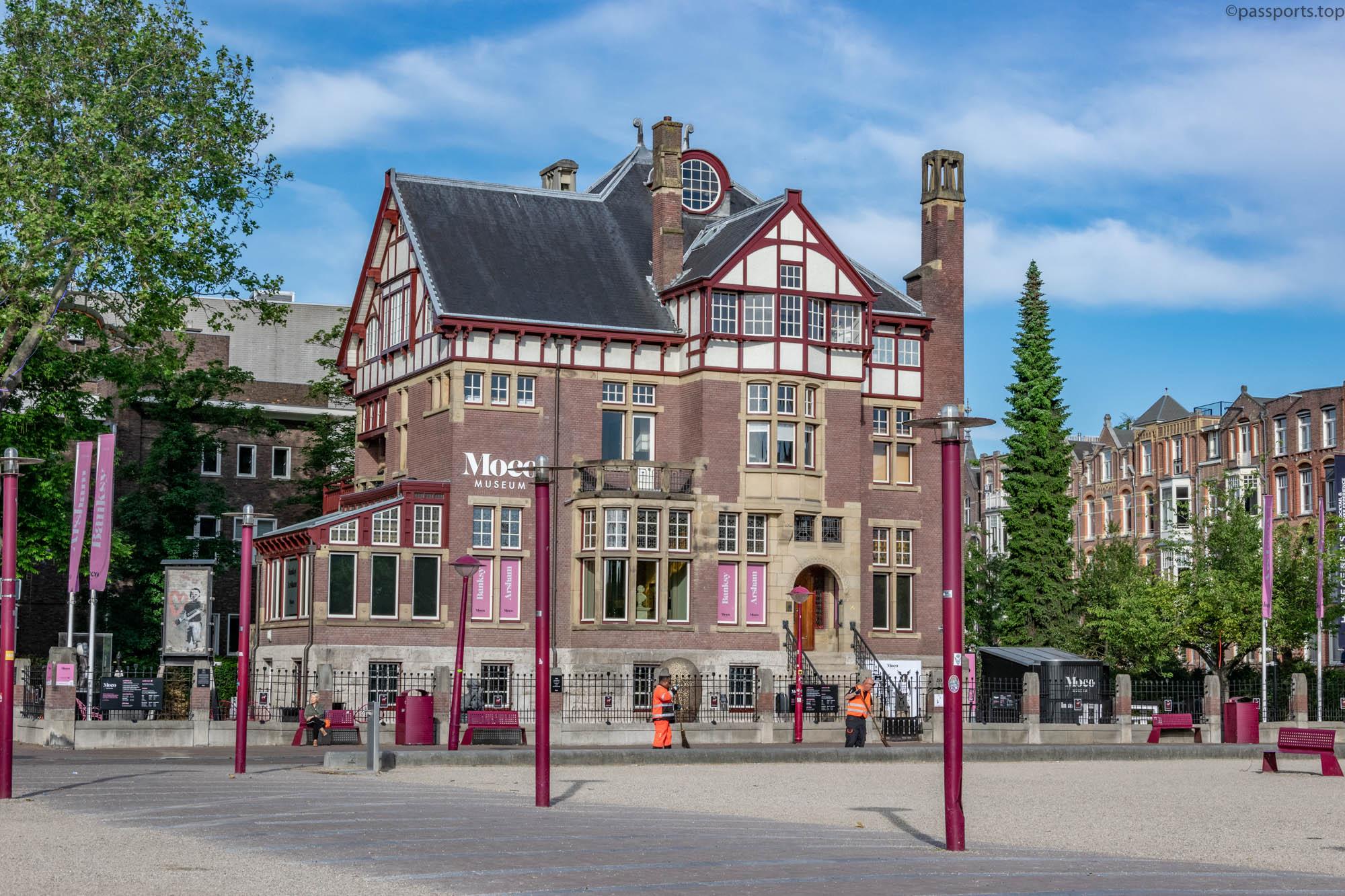
Moco Museum is a small museum of modern and contemporary art, located near the Van Gogh museum. The museum was opened in 2016 and intends to highlight the works and perception of modern artists, such as street art. The price of a ticket is €15/person or €14/person if you buy it online.
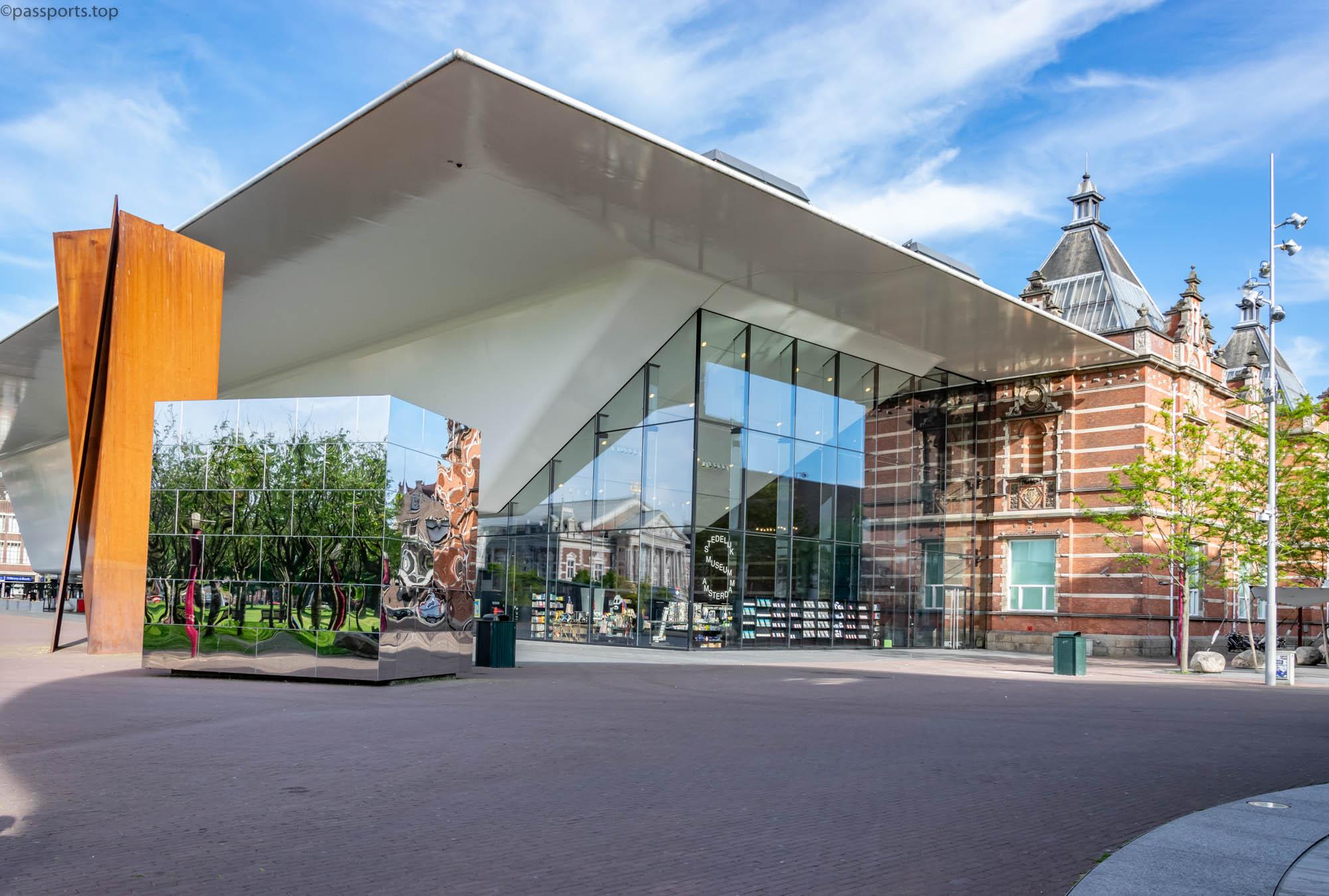
The Stedelijk Museum is another modern and contemporary art museum that houses an impressive collection of works belonging to Impressionism, Cubism or Expressionism, as well as other collections such as the “Dutch Photography Collection”. The ticket costs €18.5/person.
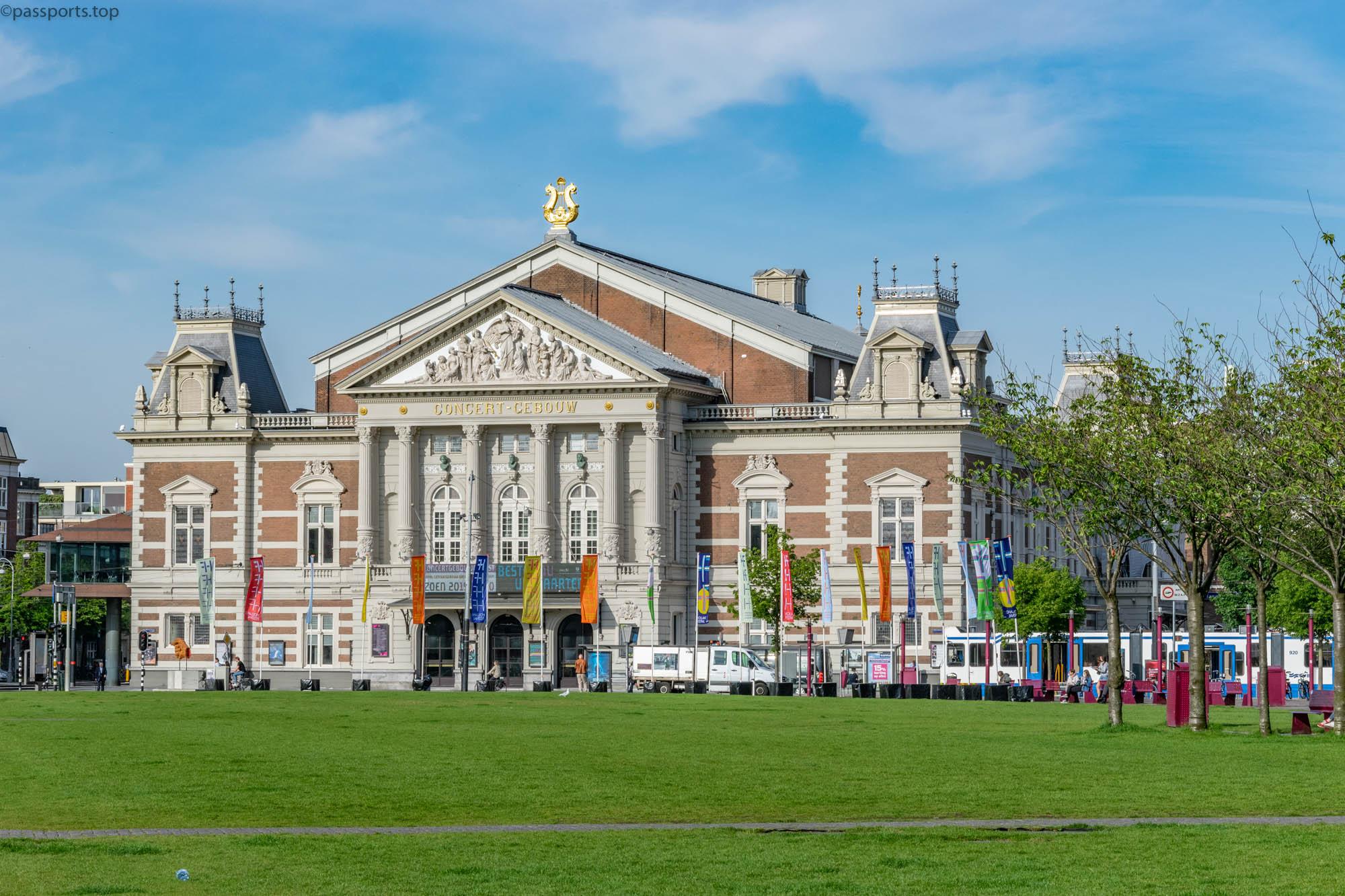
The Concertgebouw is the famous concert hall that hosts one of the most valuable symphony orchestras in the world, where the Romanian musician Liviu Prunaru was appointed principal violinist in 2006. The Amsterdam Orchestra consists of 120 musicians from 20 countries.
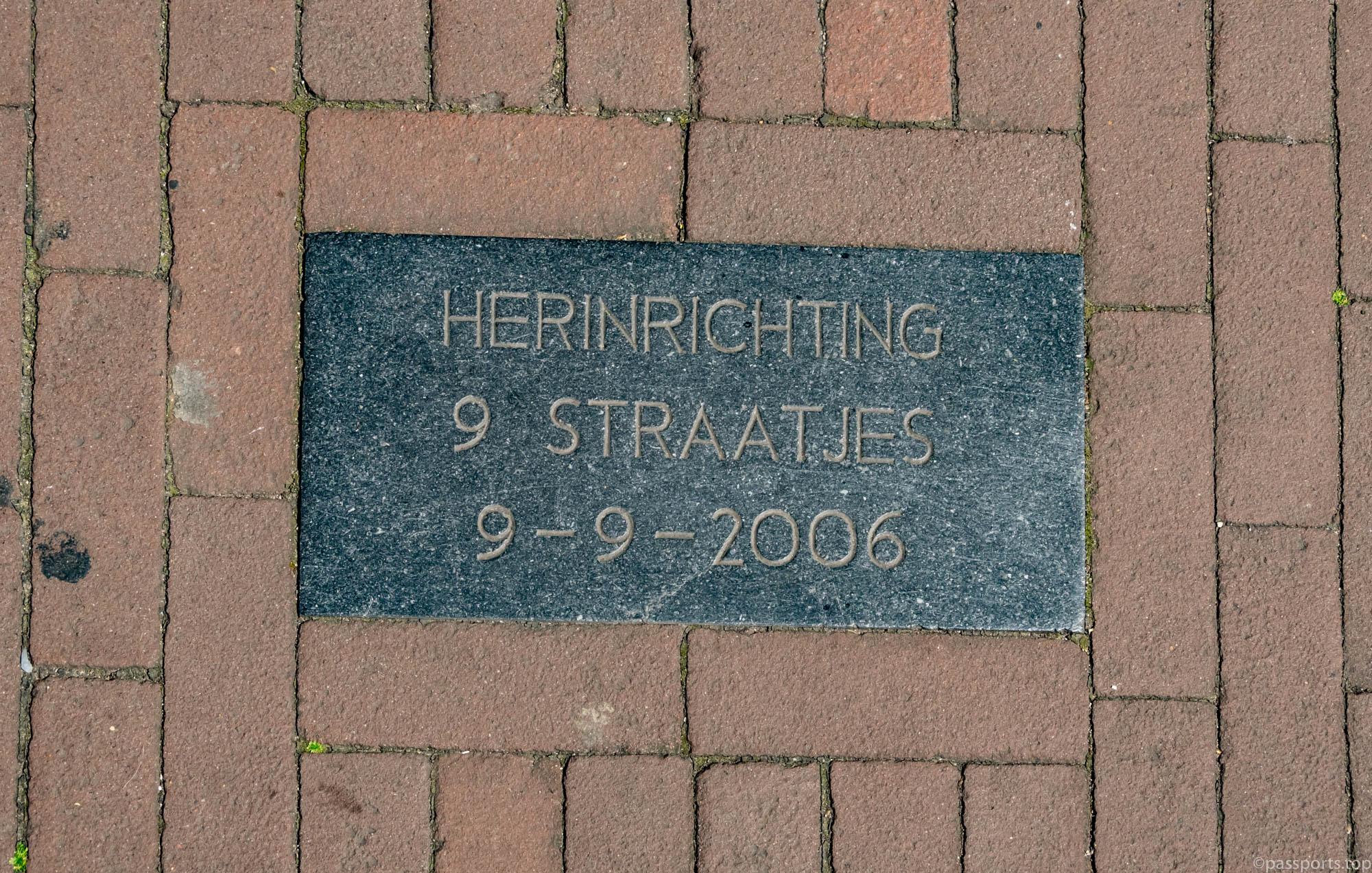
De Negen Straatjes (The 9 Streets District) – a complex of nine streets just a two-minute walk behind the Koninklijk Palace. It is a charming mix of boutiques and vintage clothing stores, art galleries, gift and souvenir shops, cafes or shops with local culinary specialties.
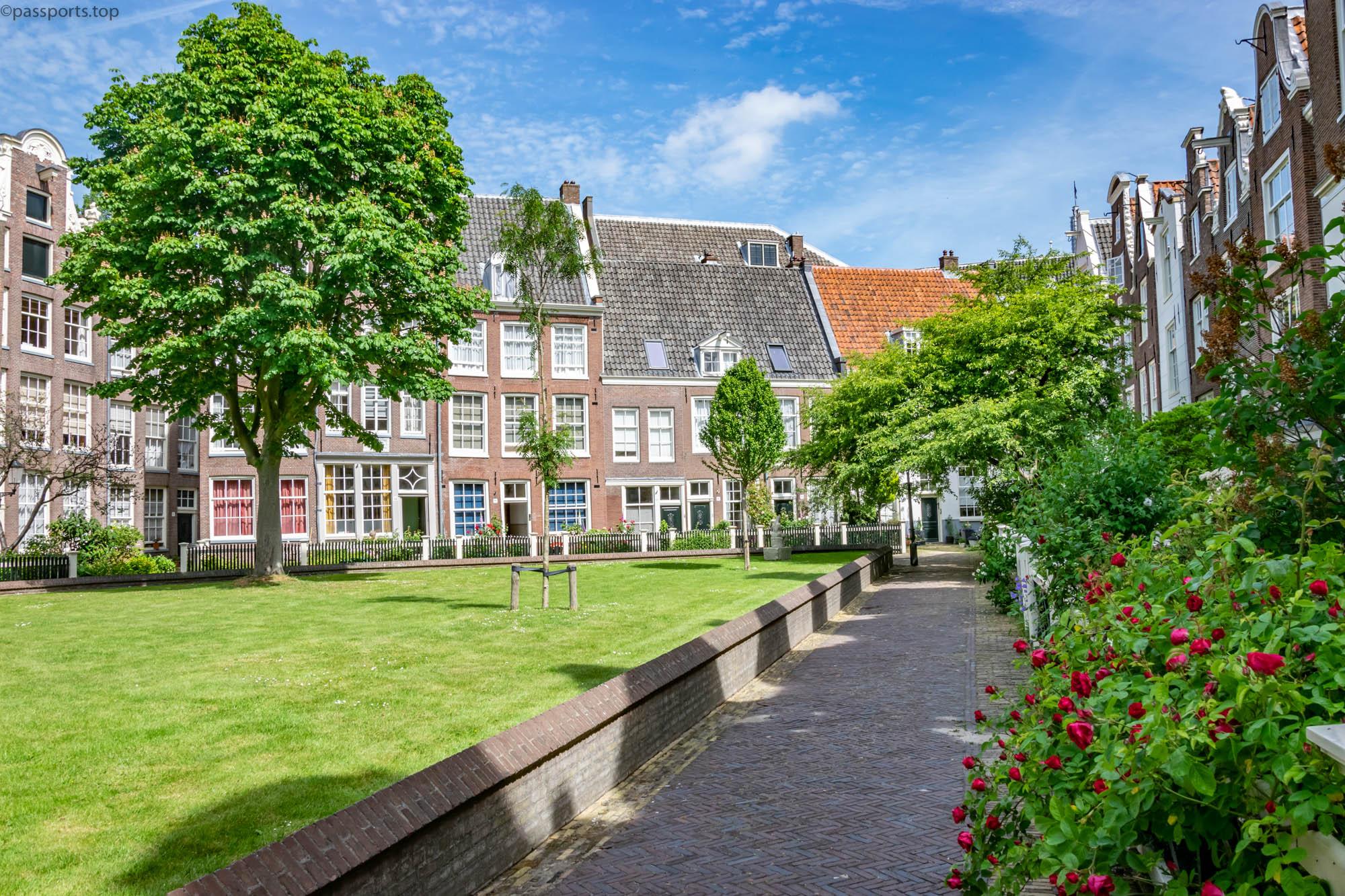
The Begijnhof is an oasis of calm just a few meters away from the hustle and bustle of the city. This garden is in the middle of houses built for a group of unmarried women who lived in a closed community under vows of chastity.
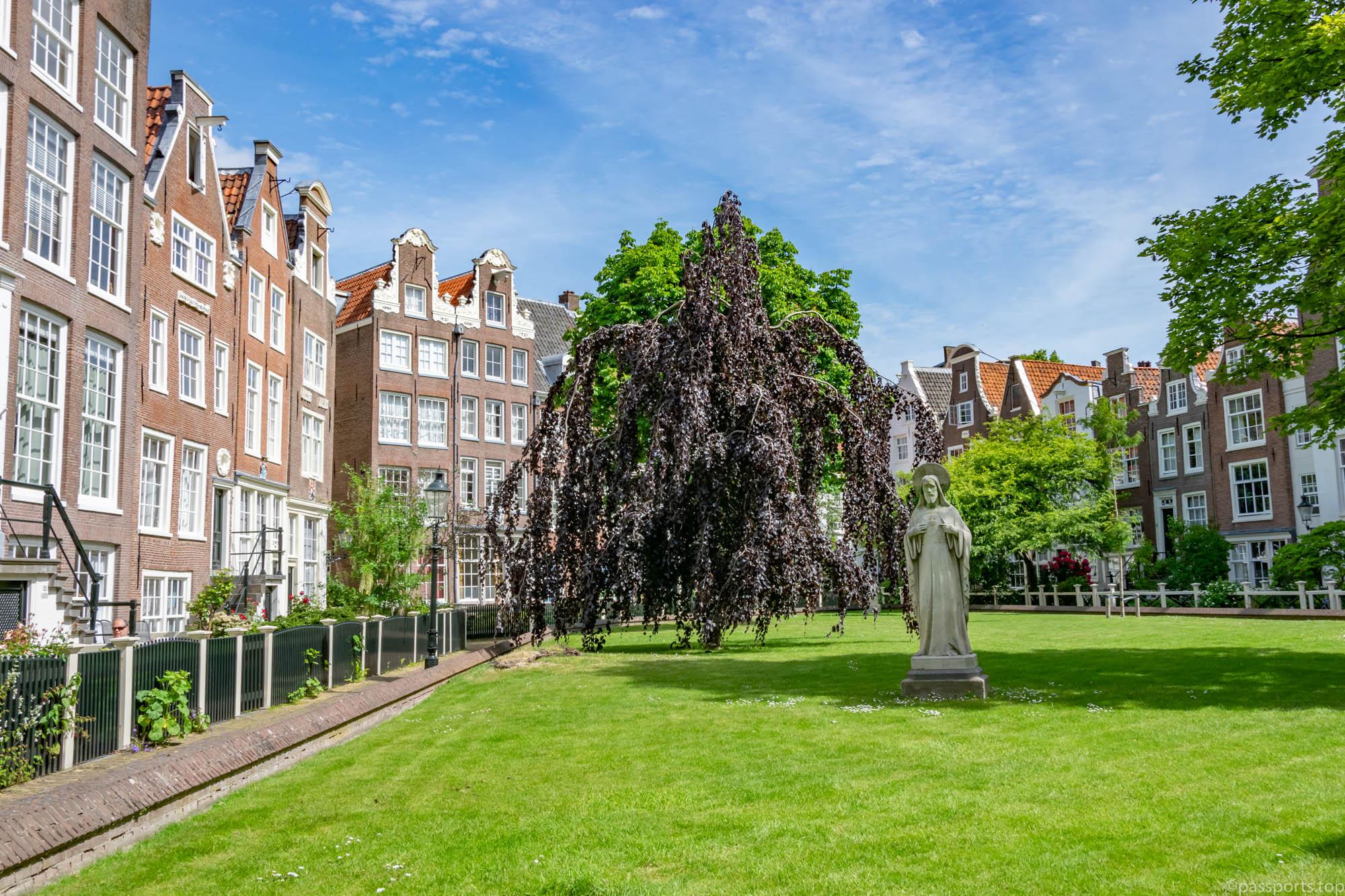
It’s an incredibly quiet corner where you can catch your breath after a round of shopping in De Negen Straatjes. The courtyard is open from 8:00 a.m. to 5:00 p.m. and admission is free.

The Bloemenmarkt (Flower Market) is the only floating flower market in the world, existing here since 1862. It is the most colorful place in the city where you will find tulips of all colors, daffodils, peonies and many other flowers and souvenirs.

Whether you want to buy simple flowers, bouquets or bulbs or you just want to take a short walk and look at the variety of colors, you should not miss the Bloemenmarkt if you come to Amsterdam.

The market is open from Monday to Saturday from 09:00 to 17:30 and on Sundays from 11:30 to 17:30.
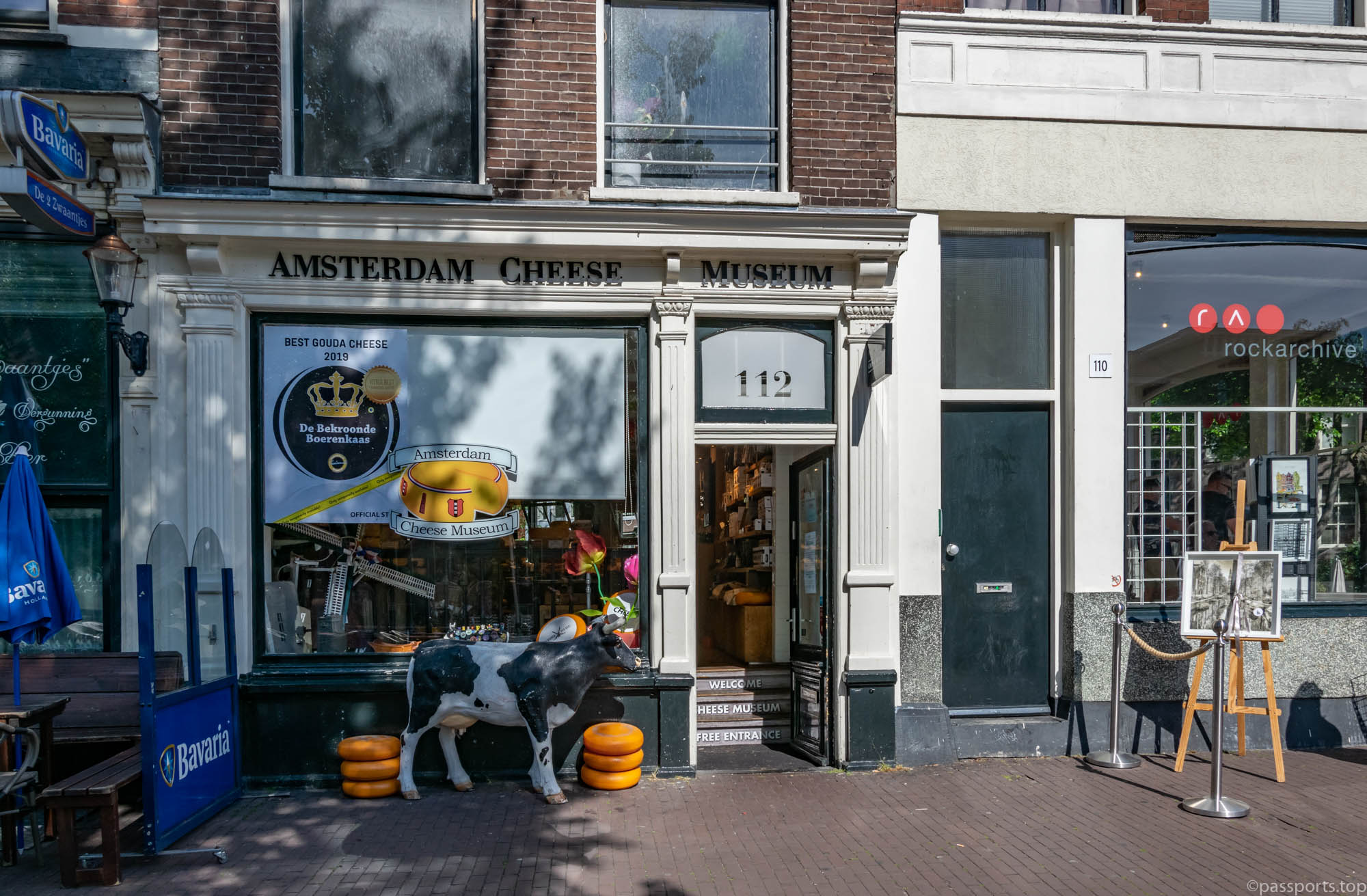
Cheese Museum. Dutch cheese has a long tradition of more than 600 years, and the names of different types of cheese are often associated with the towns they come from (such as Gouda, Edam, Maasdam). Near the flower market is a small museum where you can taste different types of cheese and find information about the history and production of Dutch cheese. The museum is open daily from 9:00 AM to 9:00 PM and admission is free.
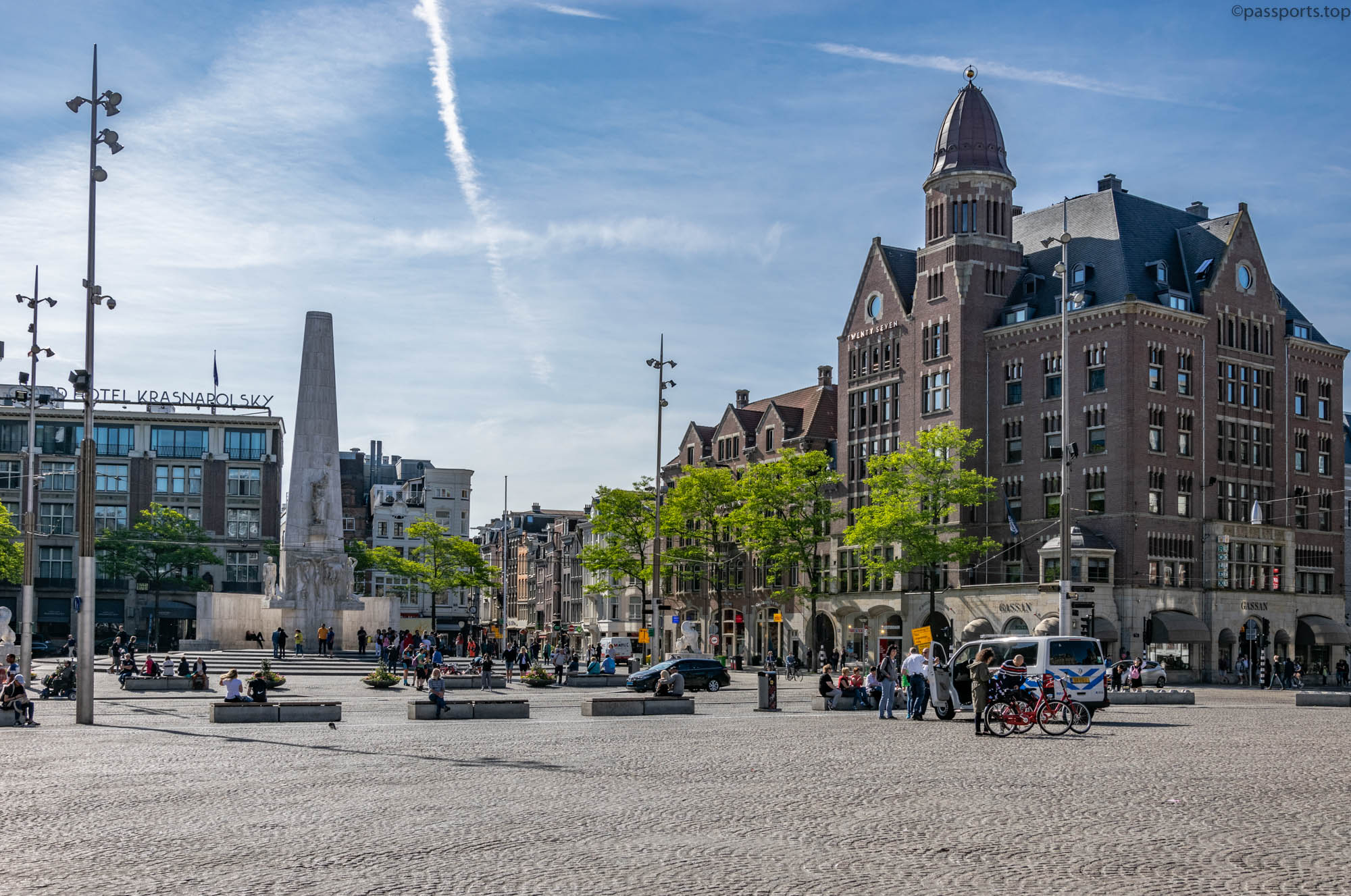
Just a five-minute walk from the central station is Dam Square – the largest square in Amsterdam. Regardless of the weather, this area is always full of tourists. The square was created in the 13th century, when a dam was created around the Amstel River to prevent the city from flooding. The place is quite popular today and if you want to find a seat at the many bars and cafes, you have to come as early as possible in the morning. The national monument in the square was erected in 1956 in memory of those who lost their lives during the Second World War.

In Dam Square is the Koninklijk Palace, one of the three royal palaces of the Netherlands. In the 17th century it served as the town hall, and in 1808 it was transformed into a palace by Napoleon‘s brother, Louis Bonaparte. Koninklijk is considered to be the largest and most prestigious building from the Golden Age, becoming one of the most important monuments in the Netherlands.
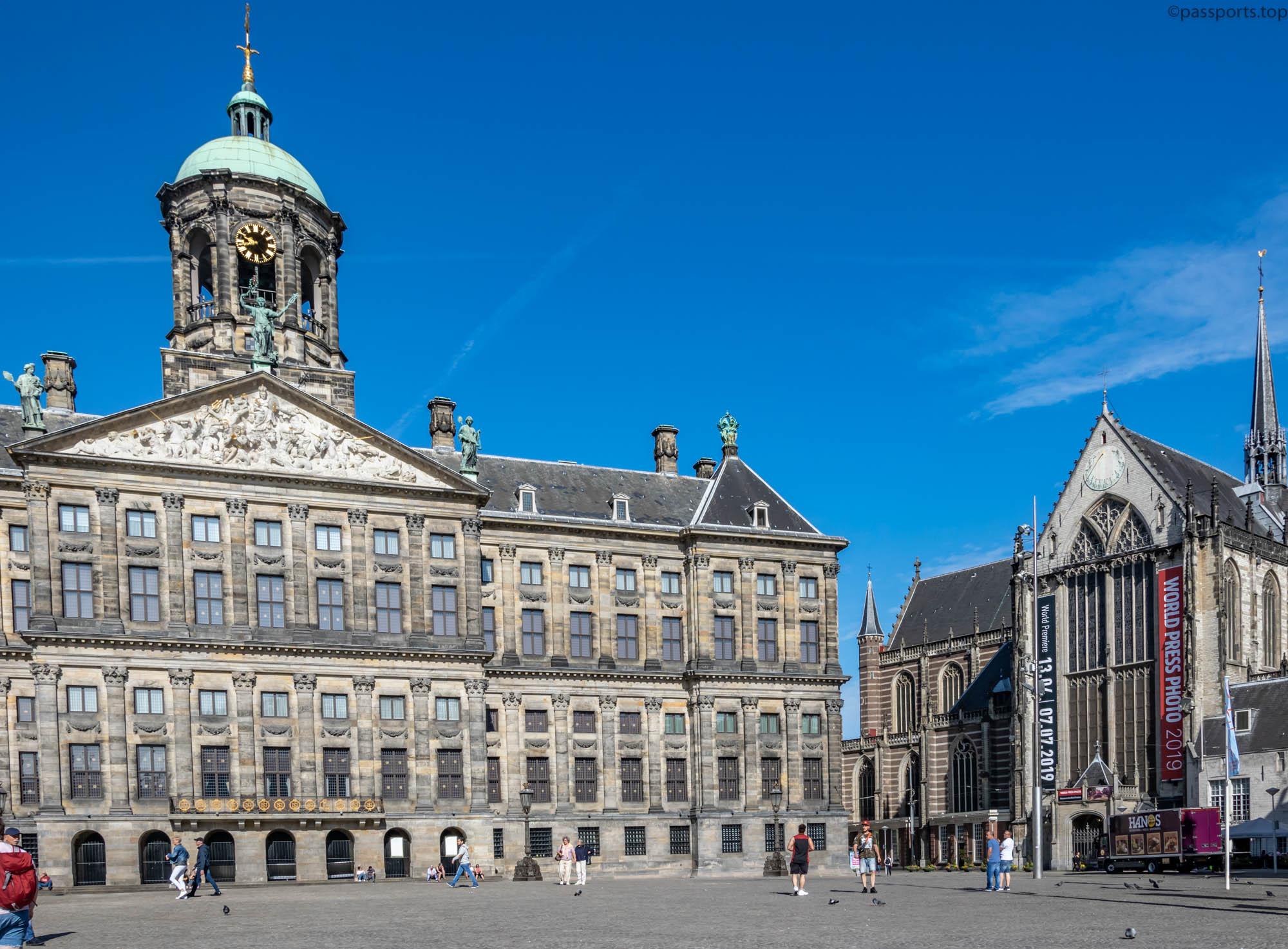
Today it is used by the Dutch Royal Family for receptions, gala dinners or award ceremonies, but it can also be visited by tourists. Although it is open to the public most of the year, you should check the official website beforehand as it can sometimes be closed due to royal events. The price of the visit is €10/person, including audio guide in Dutch, English, German, French, Italian, Spanish, Chinese and Russian.
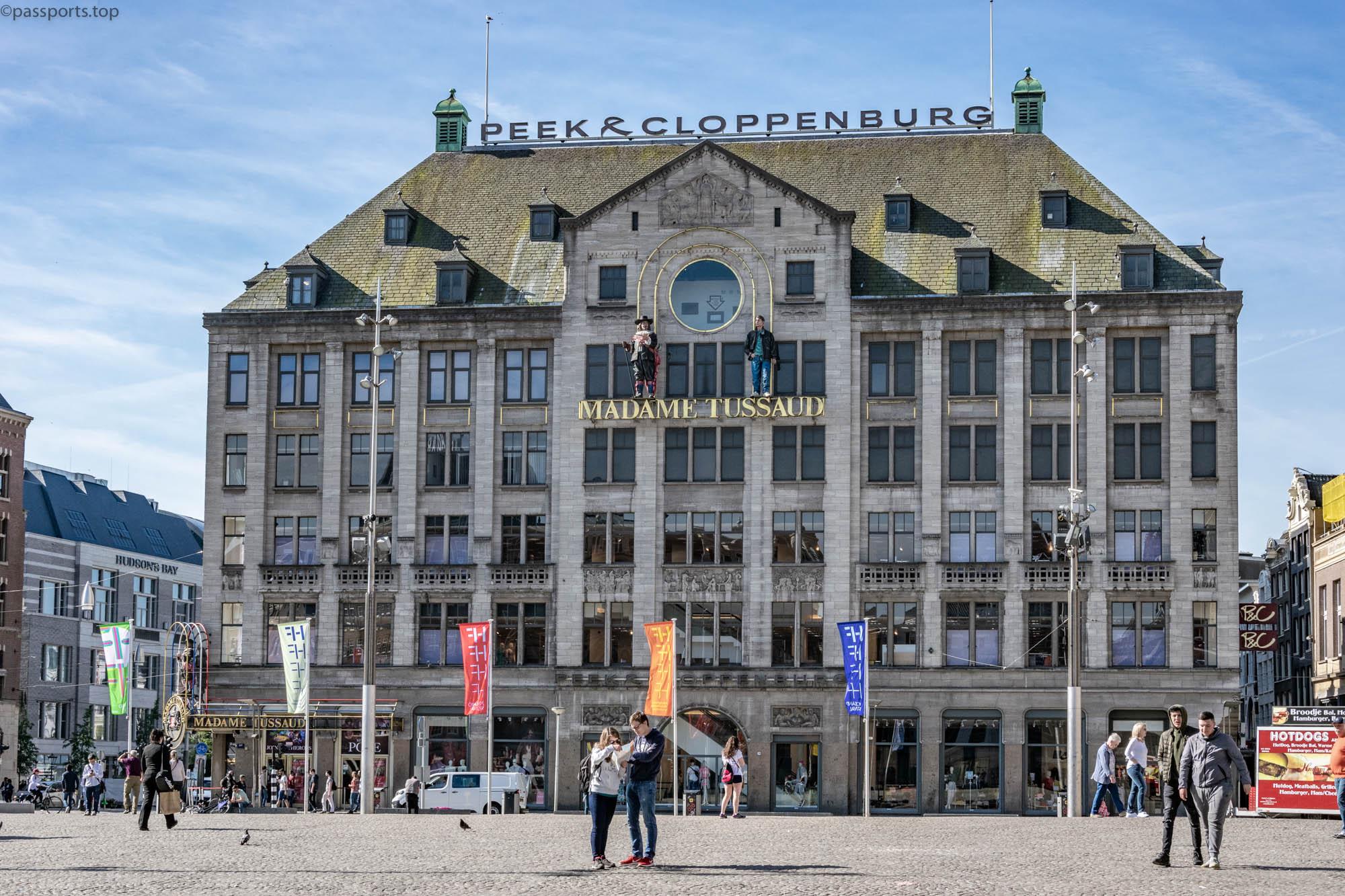
Next to the palace is the Madame Tussauds wax museum. If you haven’t visited one of the wax museums in Vienna, London, Berlin, Hong Kong, Sydney or New York, you have the opportunity to do so now. The Amsterdam museum was the second Madame Tussauds opened (in 1972), after the one in London. Millions of people have crossed the thresholds of Madame Tussauds museums over time, for 200 years, being among the most popular tourist attractions. The price is €24.5/person, and if you buy it online it is €19.5/person on weekends and €19/person during the week.

Also in Dam Square are the Nieuwe Kerk (New Church) and the Magna Plaza shopping mall. The New Church has always been known for its art and photography exhibitions.
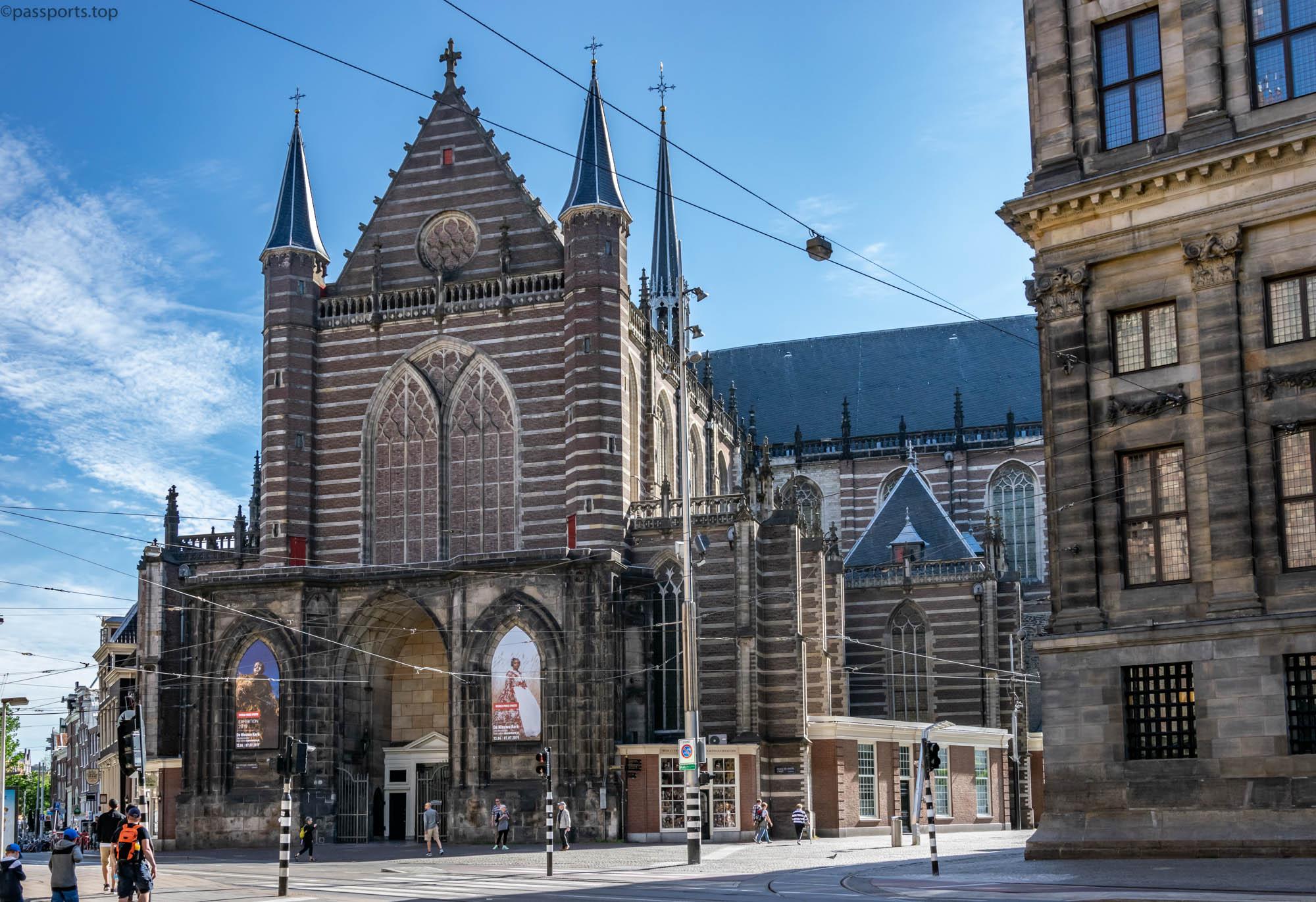
With an average of 220,000 visitors per year, the church remains today one of the most popular exhibition venues in the Netherlands. In addition to exhibitions, it also plays a social role, hosting royal ceremonies, official gatherings and cultural events.
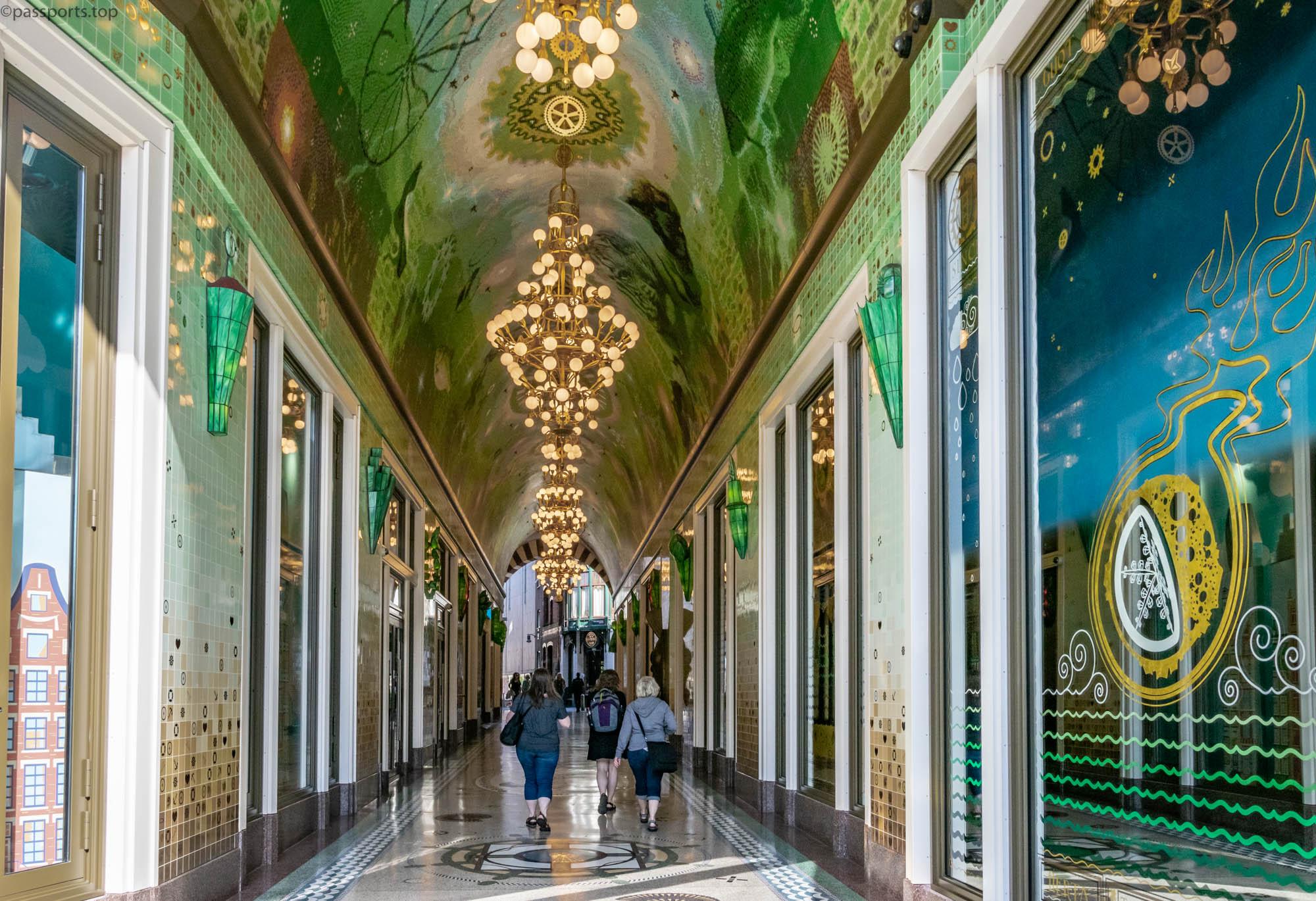
Amsterdam Oersoep/Beurspassage pays homage to Amsterdam‘s famous canals and is a kind of visual narrative that “tells” the relationship between people and water. The passage is quite a popular place among locals and tourists who want to admire the approximately 450 m² of colorful mosaic, the large and gilded Art Deco mirrors or the chandeliers made from recycled bicycle parts found in the canals of Amsterdam.
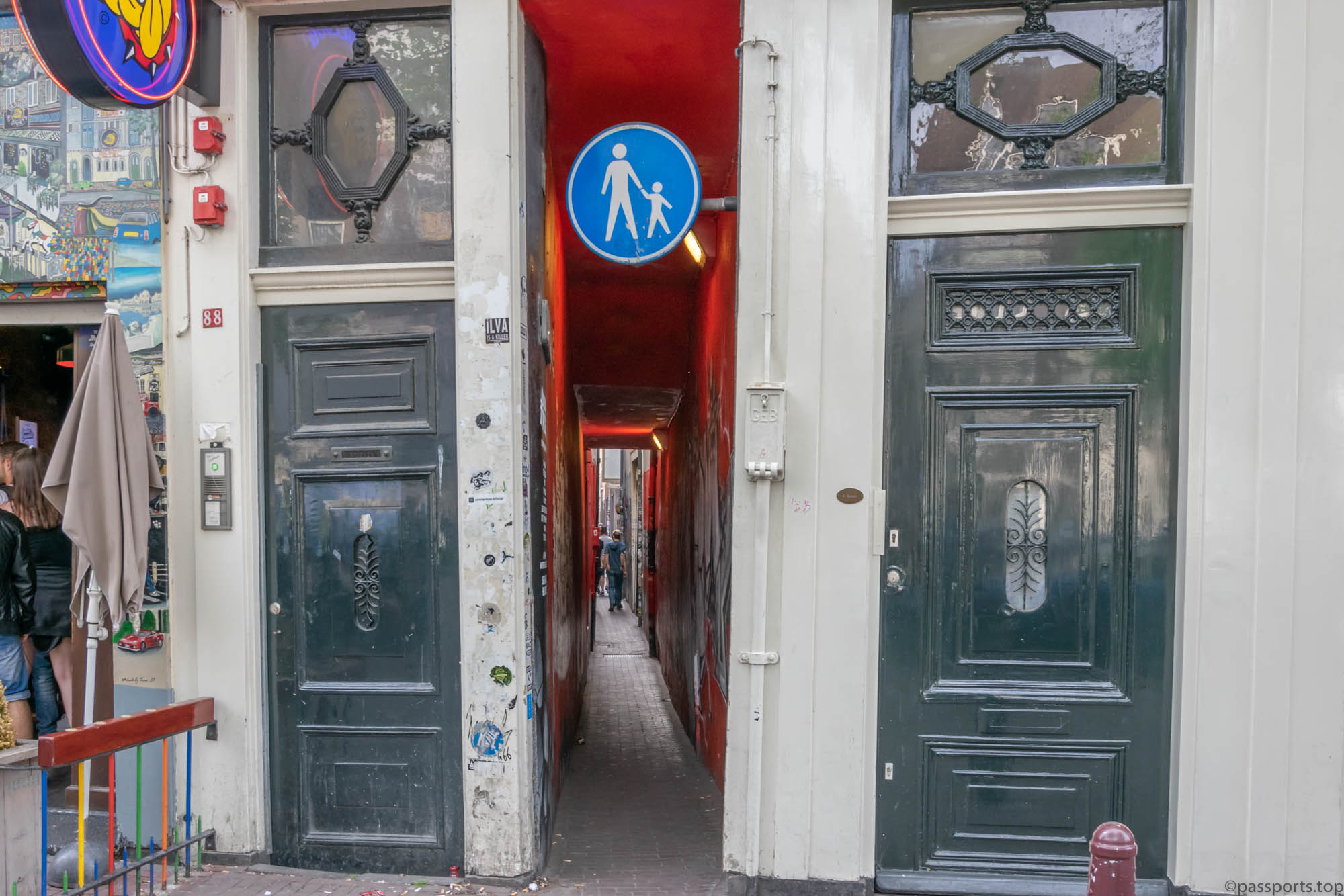
The Red Light District is probably the most well-known and trafficked area in Amsterdam. During the day, you may not realize where you are, but starting at 5-6 p.m., the red lights of the windows come on where women of all nationalities are waiting to find their customers and offer their sexual services. Of course, photographing the women in the shop windows is prohibited, the whole area being extremely safe.
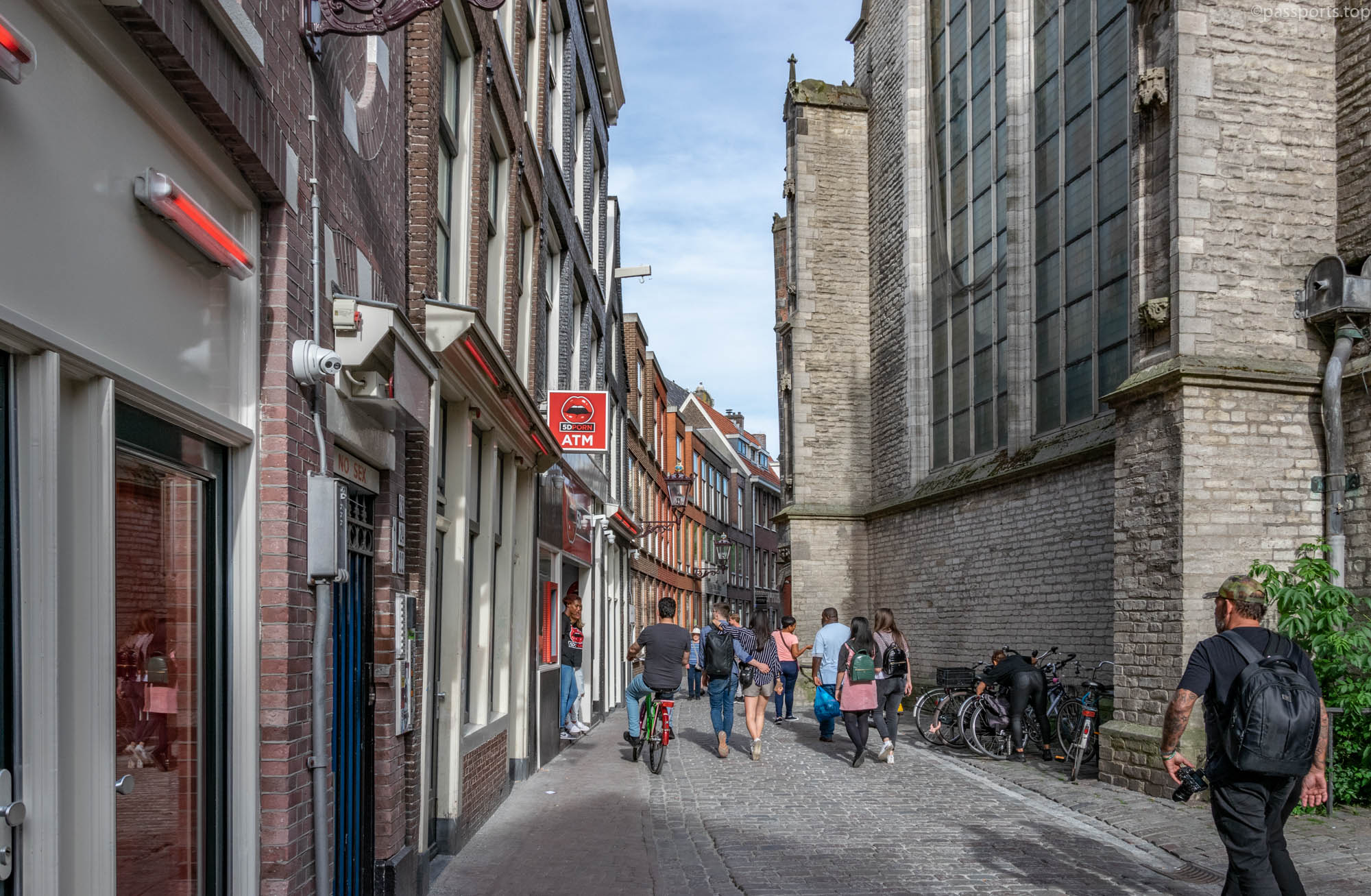
The neighborhood is known for legal prostitution, museums (Museum of Prostitution, Marijuana Museum), sex shops, cafes and bars where you can buy joints, muffins or other cakes with marijuana or cannabis.

A’dam Toren is a 22-story tower on the banks of the river IJ. The former headquarters of the Shell company, A’dam Toren is now home to young music, advertising and events companies, alongside bars and restaurants. The panoramic view of the harbor and the historic center is unmatched. At the top of the tower is the largest swing in Europe, from where you can admire the city from 100 meters above sea level.
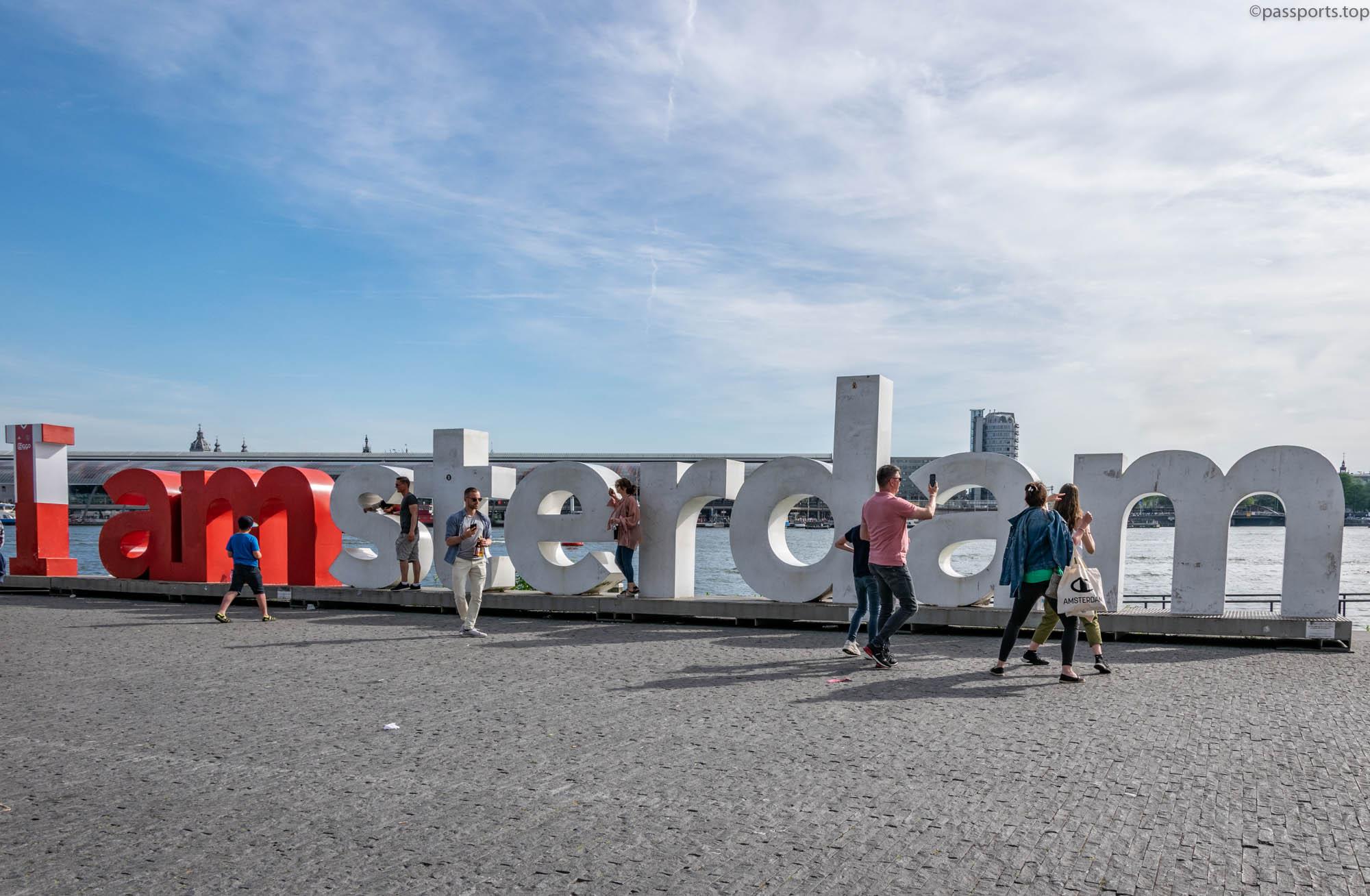
Next to the tower is also the slogan “I amsterdam” with a height of 2 meters and a width of 23.5 meters. It was originally located in Museumplein in 2004, but it attracted too many tourists in a limited setting, and the city authorities decided to move it to other locations in order to put lesser-known attractions in the “spotlight”. It can be reached by the free ferry that leaves every 5 minutes from the central station. You can rarely see the sign without people in front, behind or on top of the letters.

Molen De Gooyer at Funenkade (Windmill) was built in the 16th century and is close to the city center. Until the mid-20th century it operated as a corn mill, and today it is state property and not open to the public.
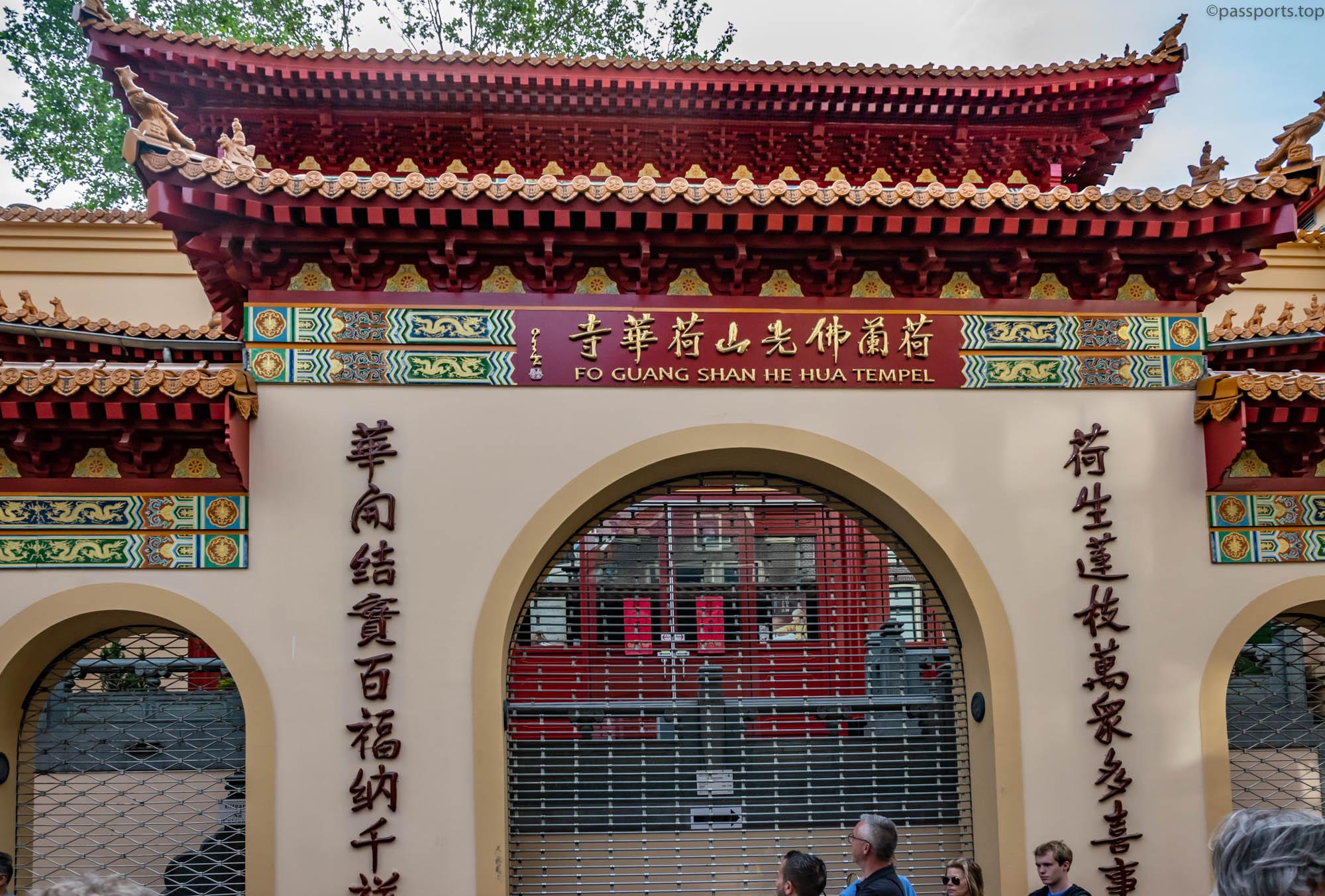
Fo Guang Shan Temple – The Buddhist temple in Chinatown is the largest temple of its kind in Europe. The roof tiles and traditional ornaments were transported directly from China. The animals on the roof represent the Chinese Zodiac, and the dragon is said to protect the entire temple.
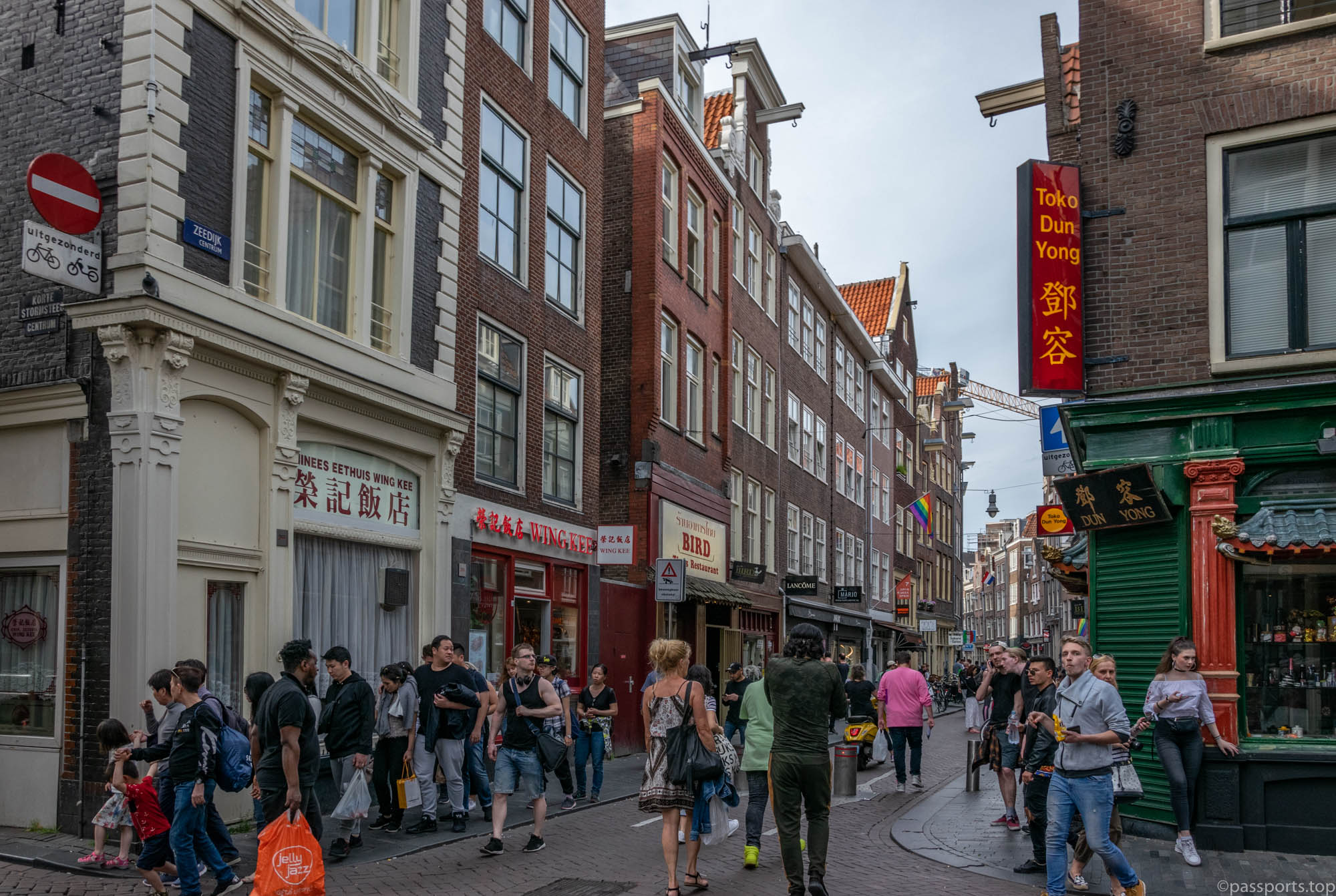
The neighborhood is also known for its Asian shops and restaurants, and traditional festivals are held during the annual Chinese holidays. The temple serves as a meditation center, but guided tours (€5/person) or courses can also be organized.
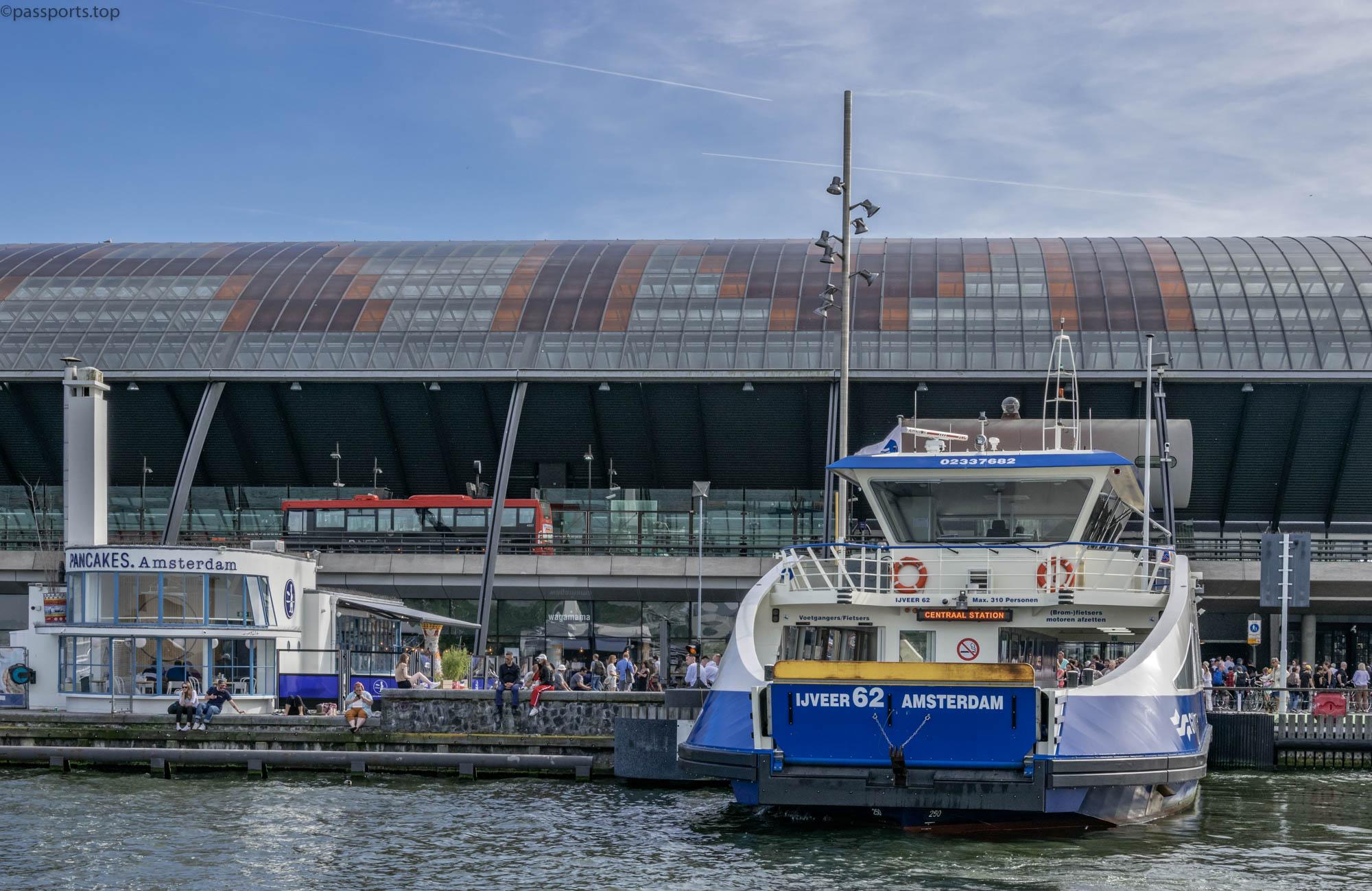
If you want to get away from the hustle and bustle of the city and have more time, I recommend visiting the northern part of Amsterdam. You can get there by free ferry from Central Station.
(Amsterdam – June 2019)

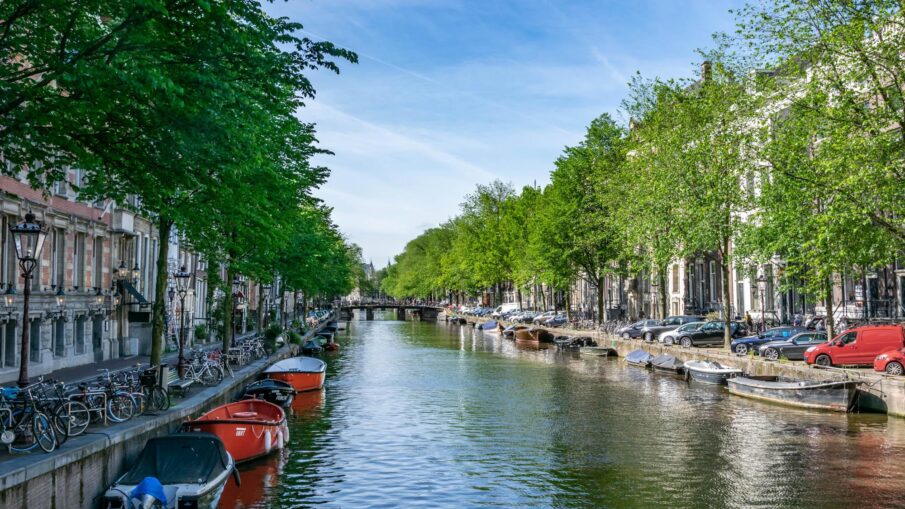
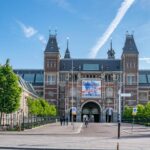
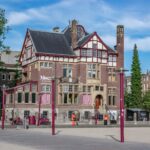
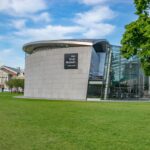
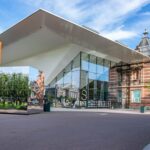
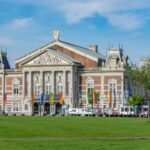
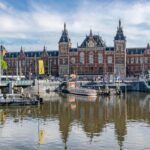
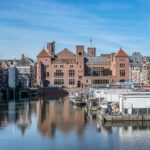
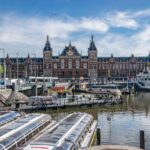
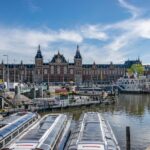
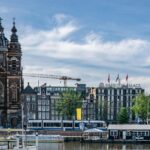
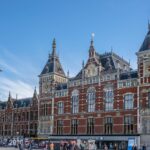
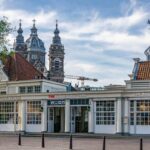
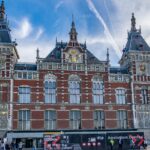

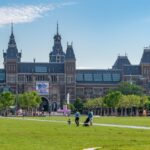
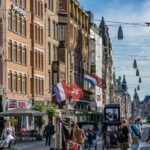
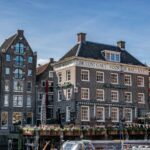
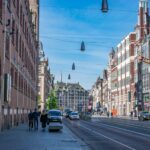
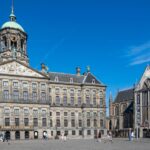
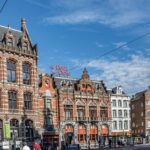
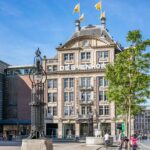
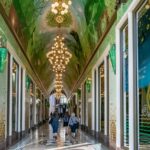
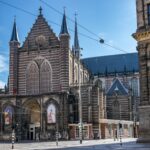
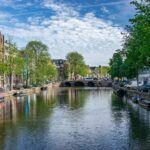
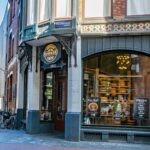
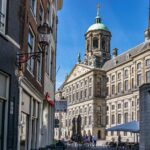
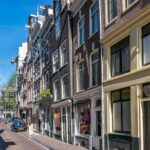
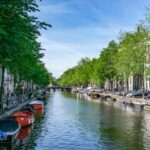
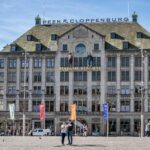
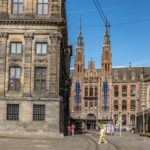
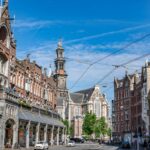
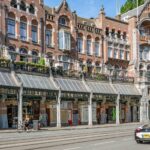
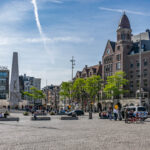
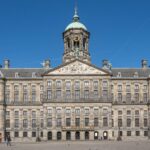
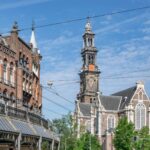
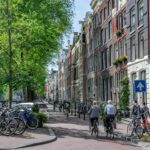
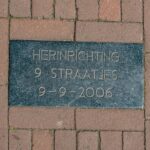
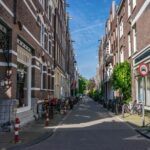
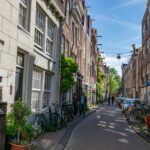
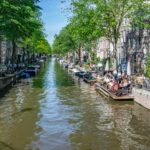
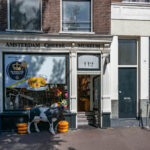
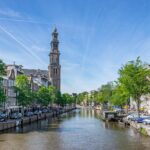
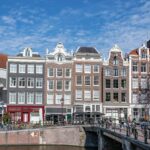
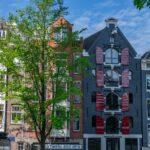
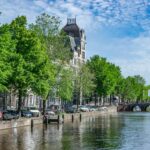

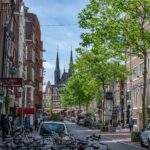
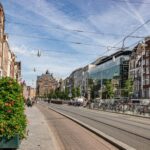
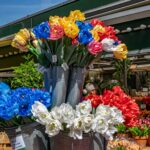
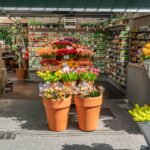
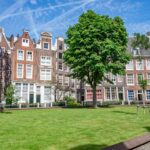
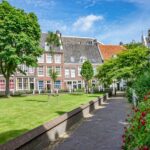
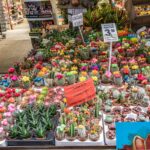
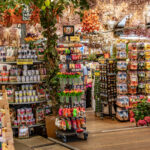
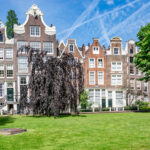
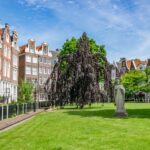
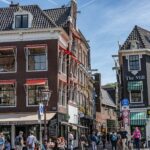
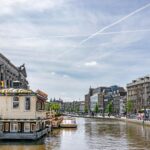
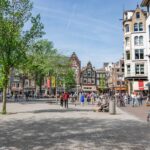
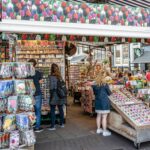
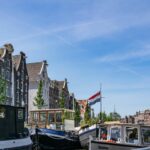
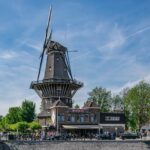
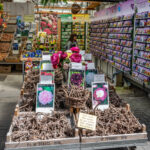

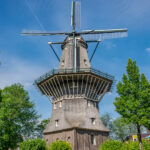
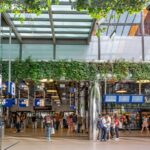
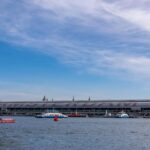
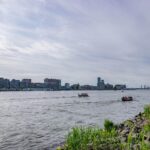
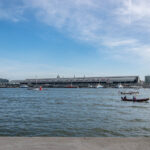

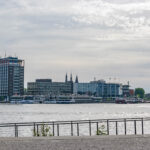
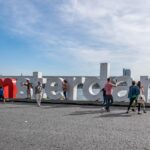
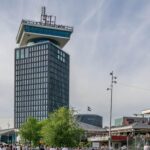
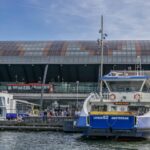
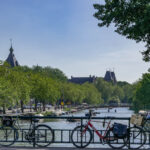
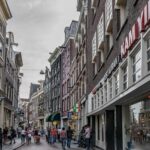
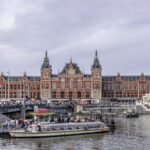
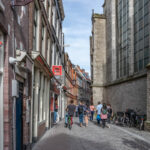
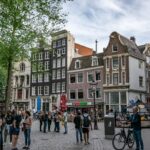
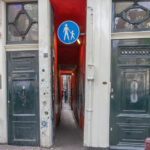
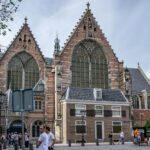
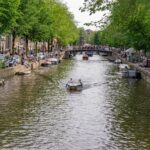
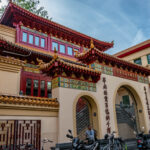
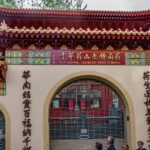
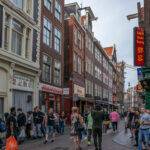
Leave a Reply